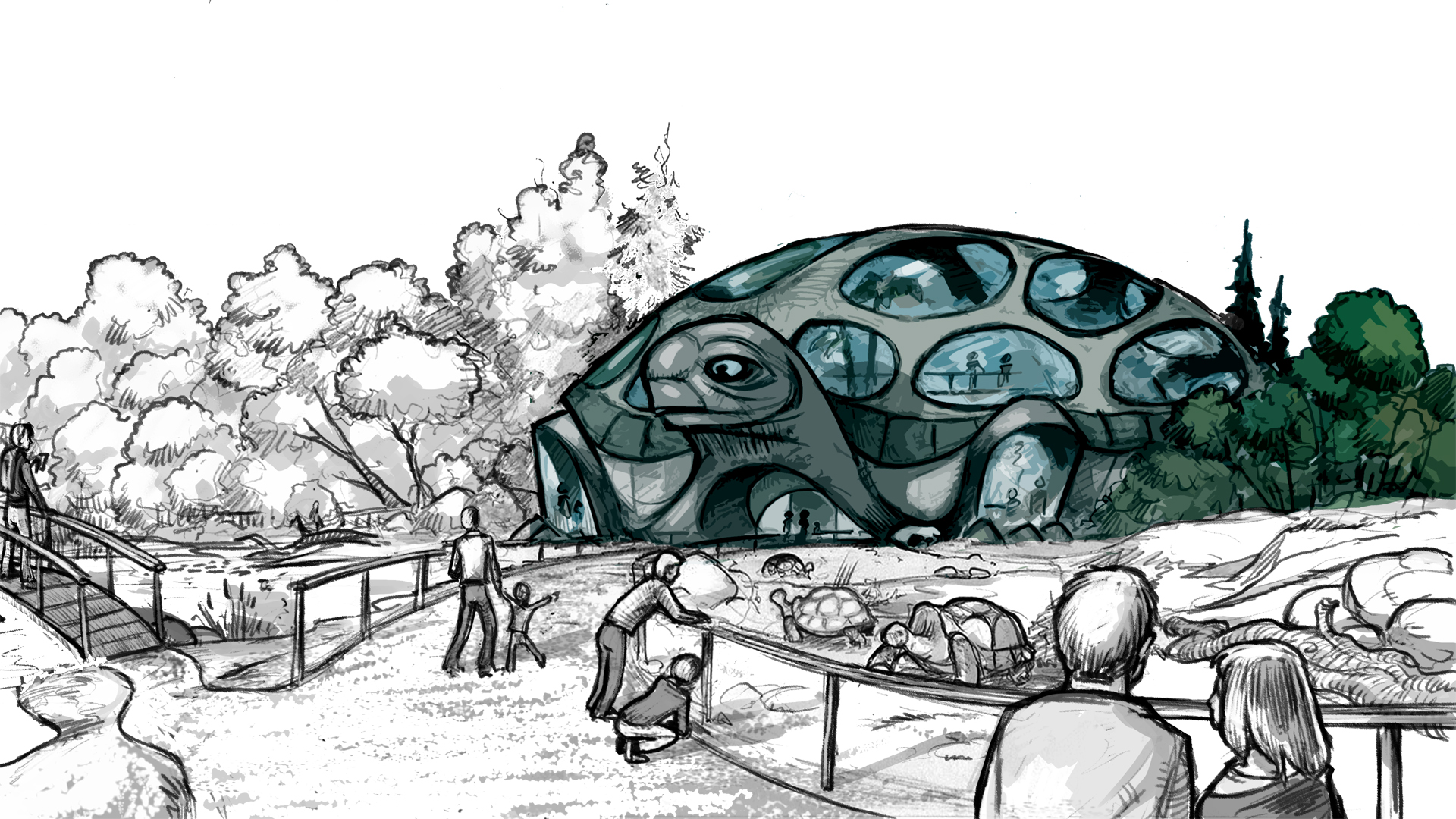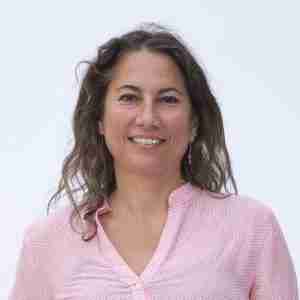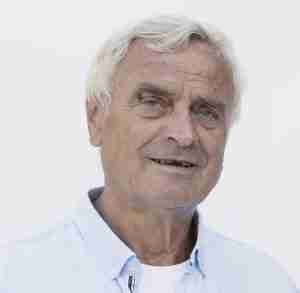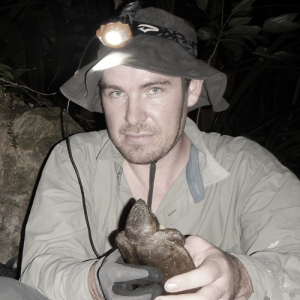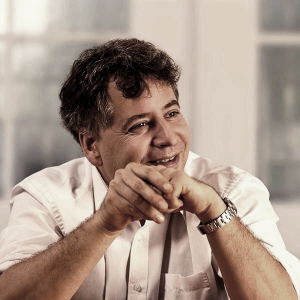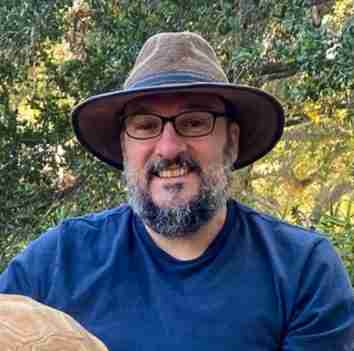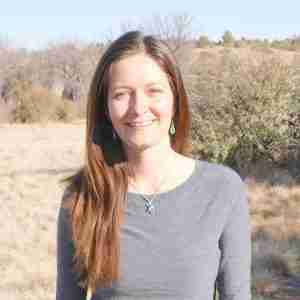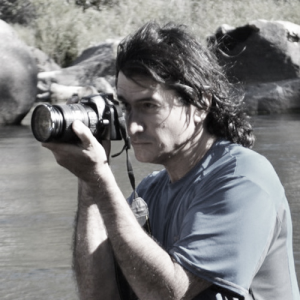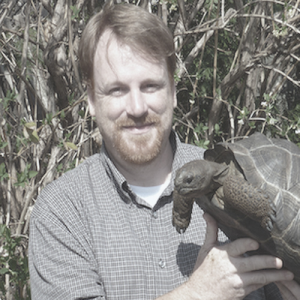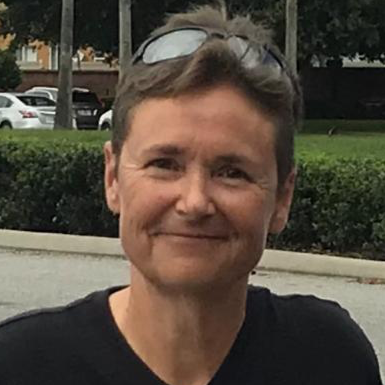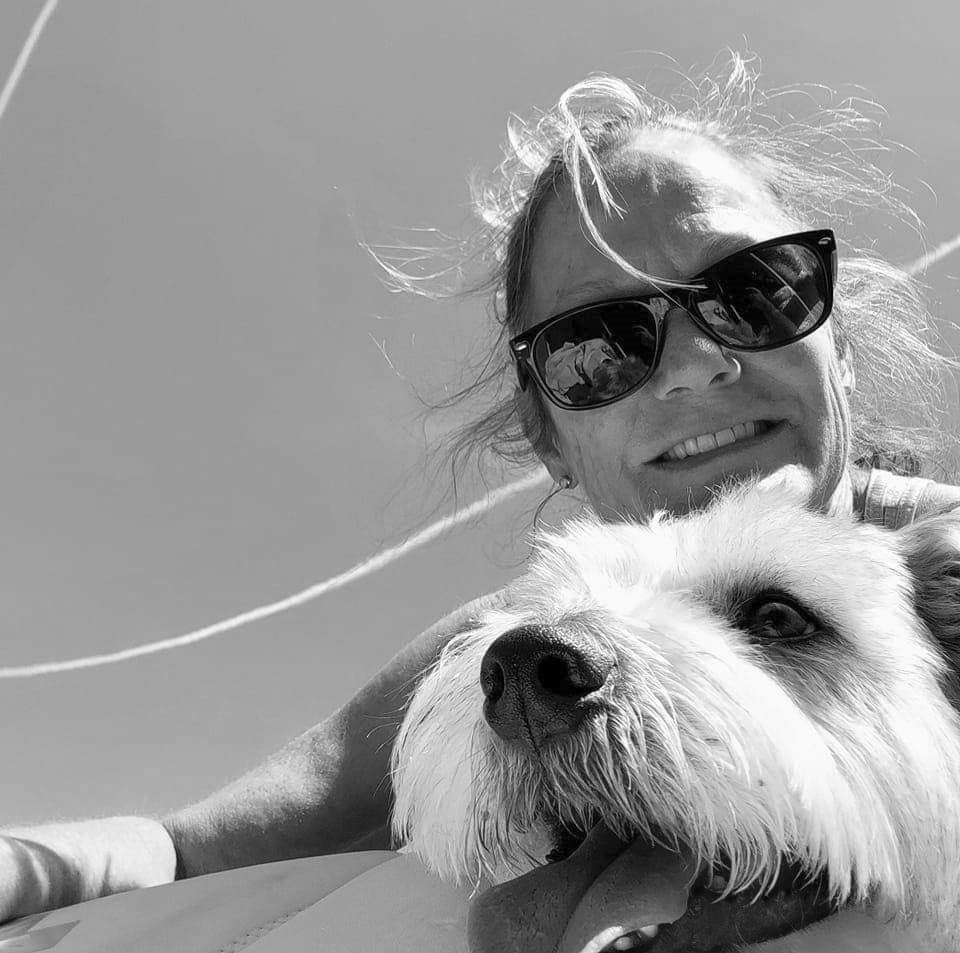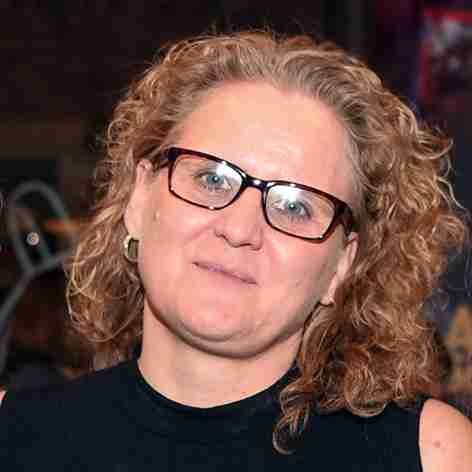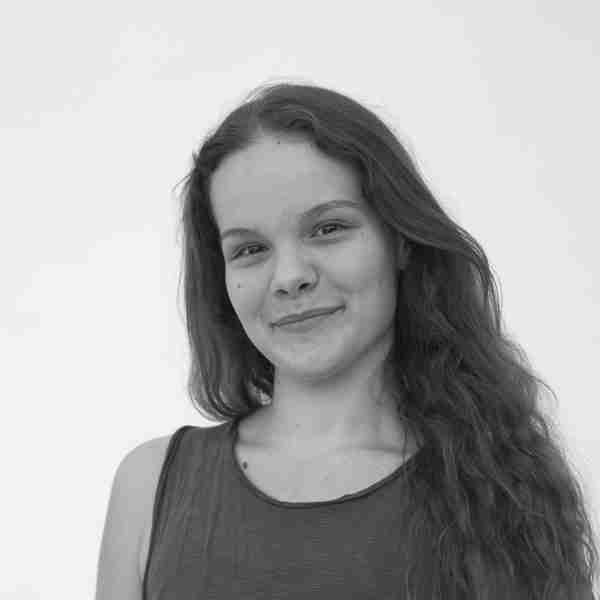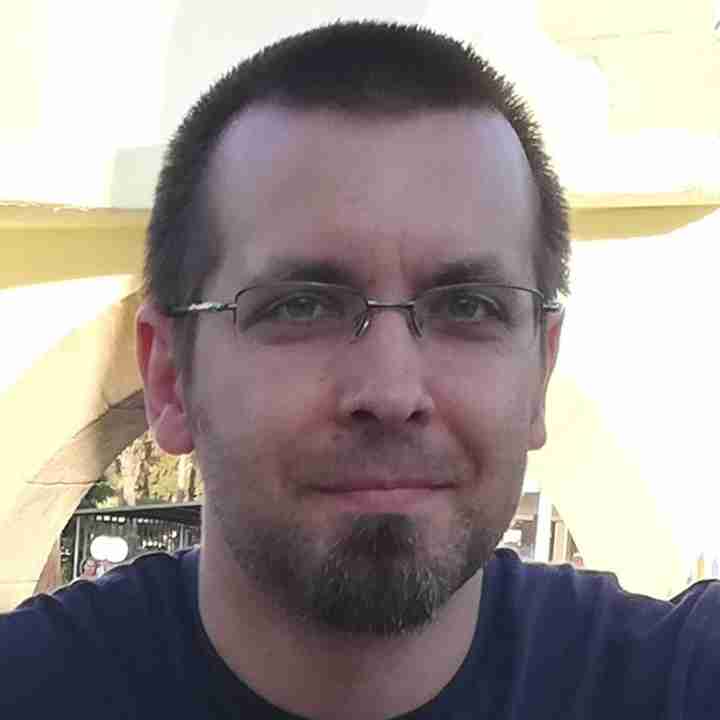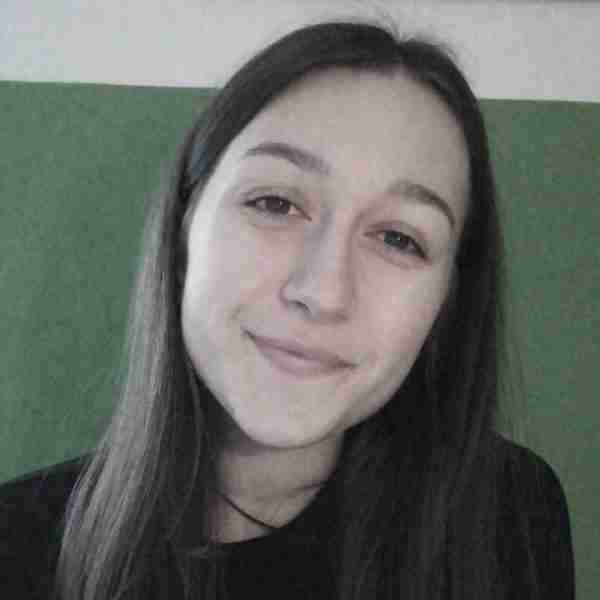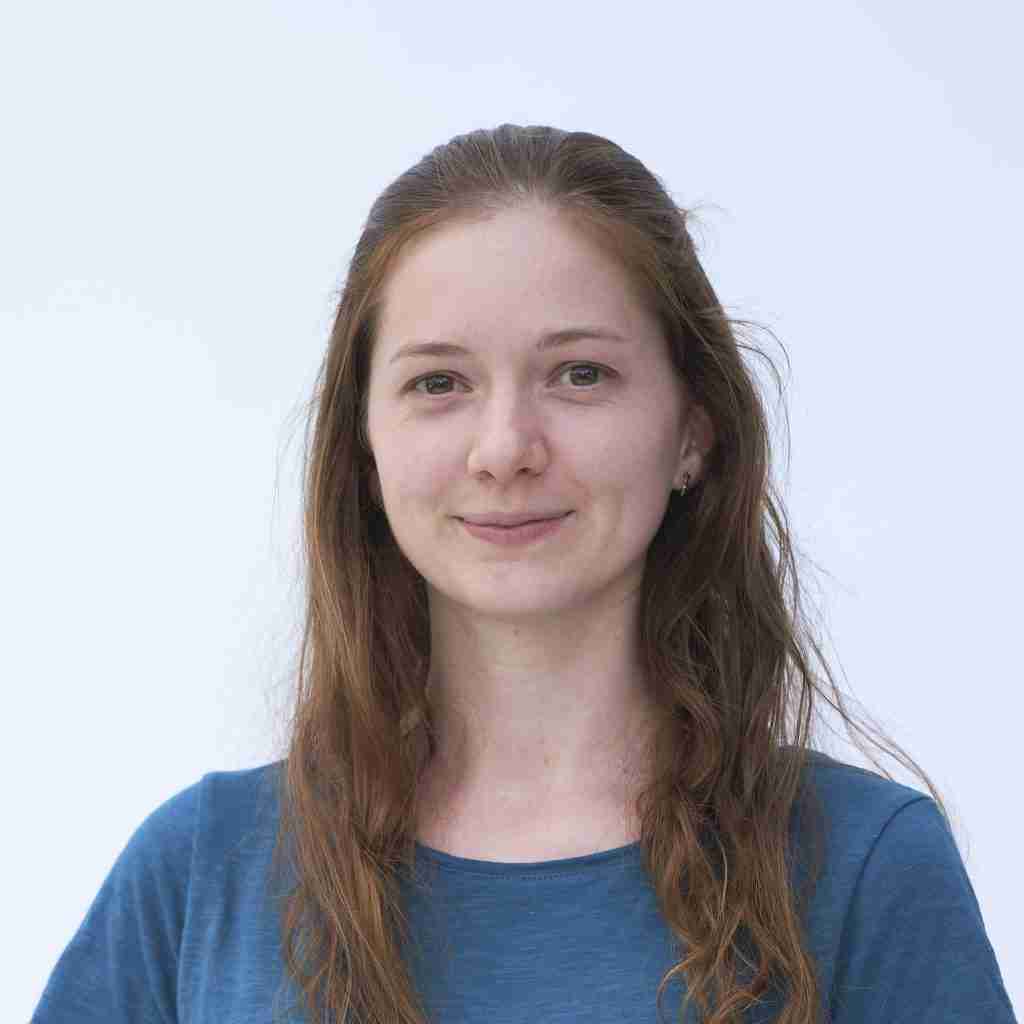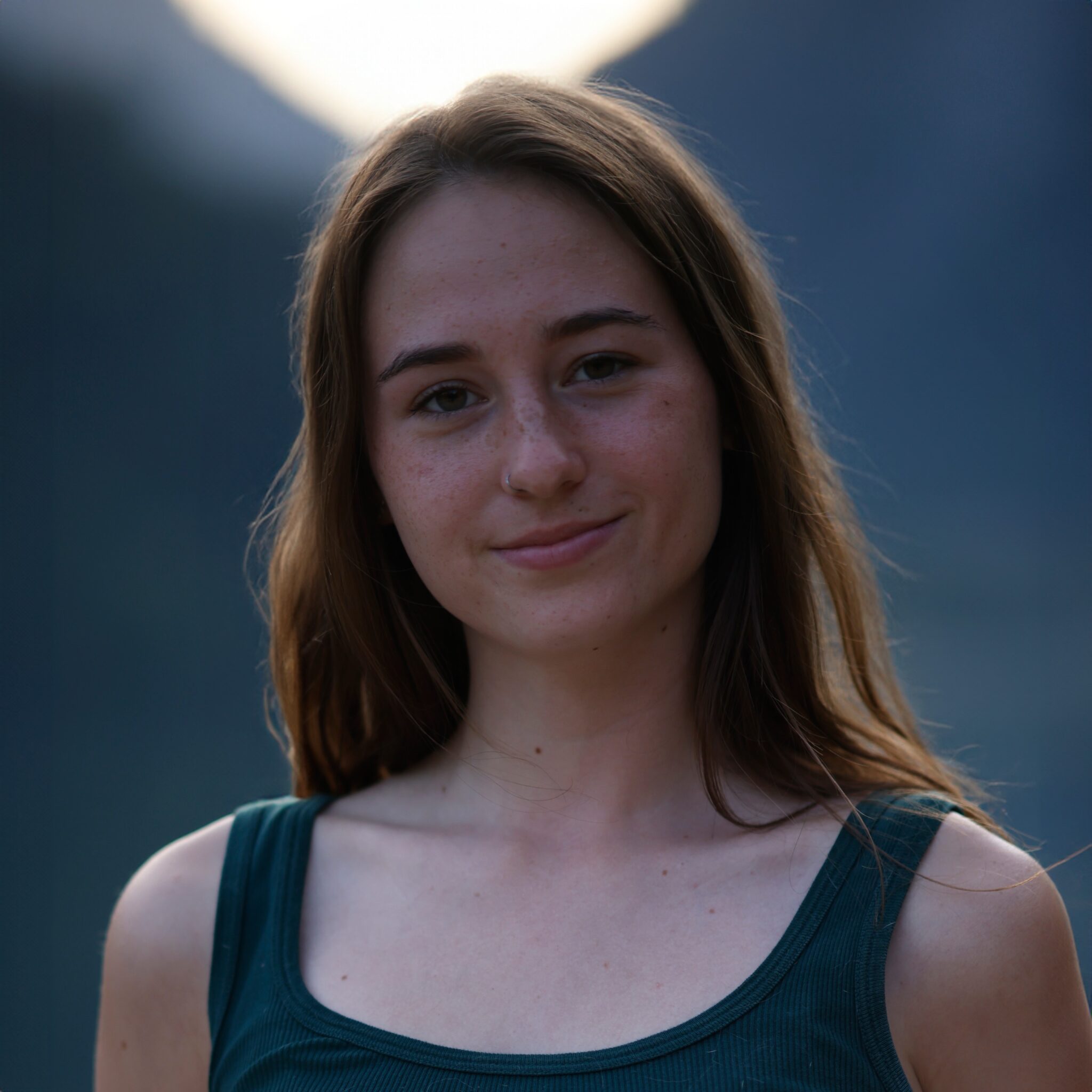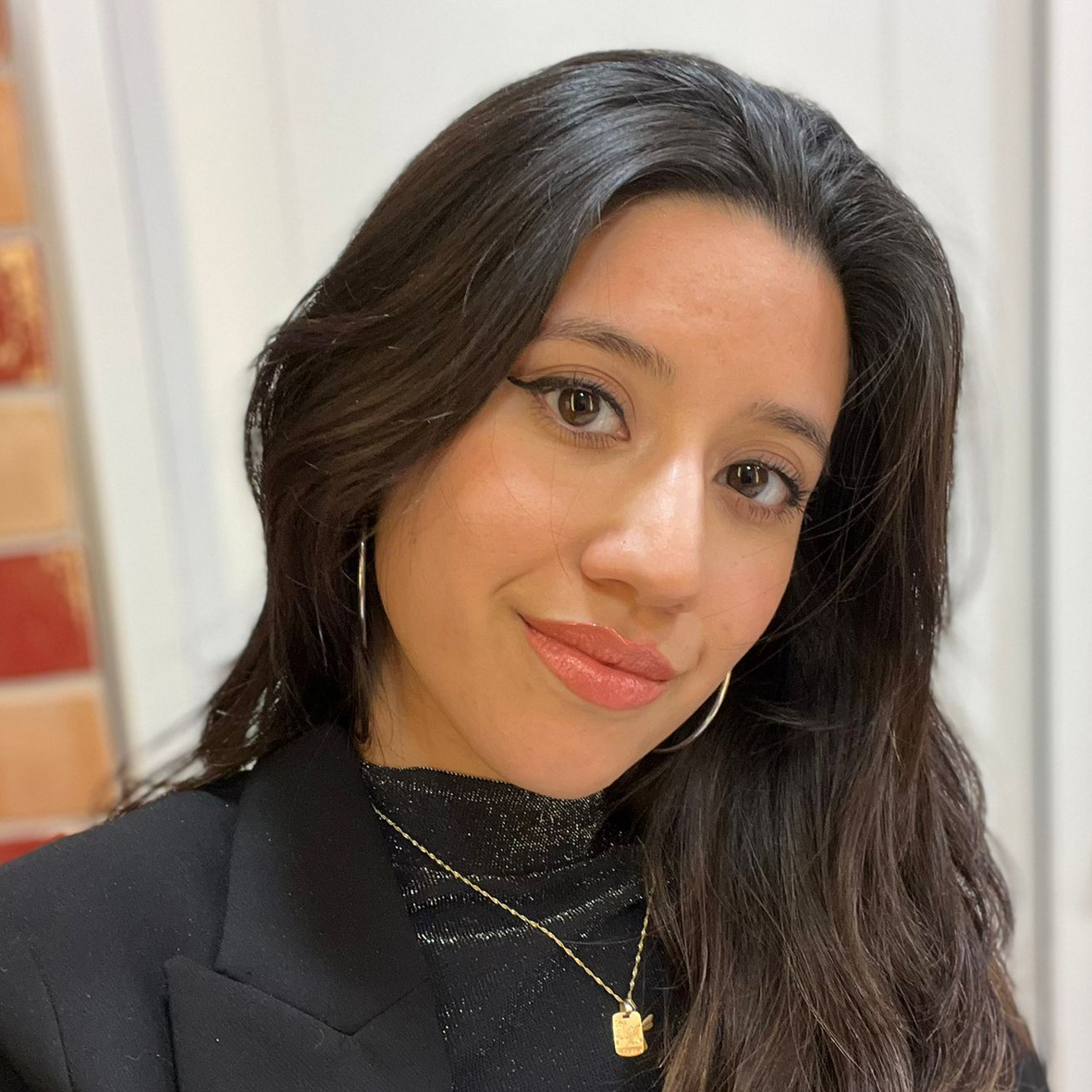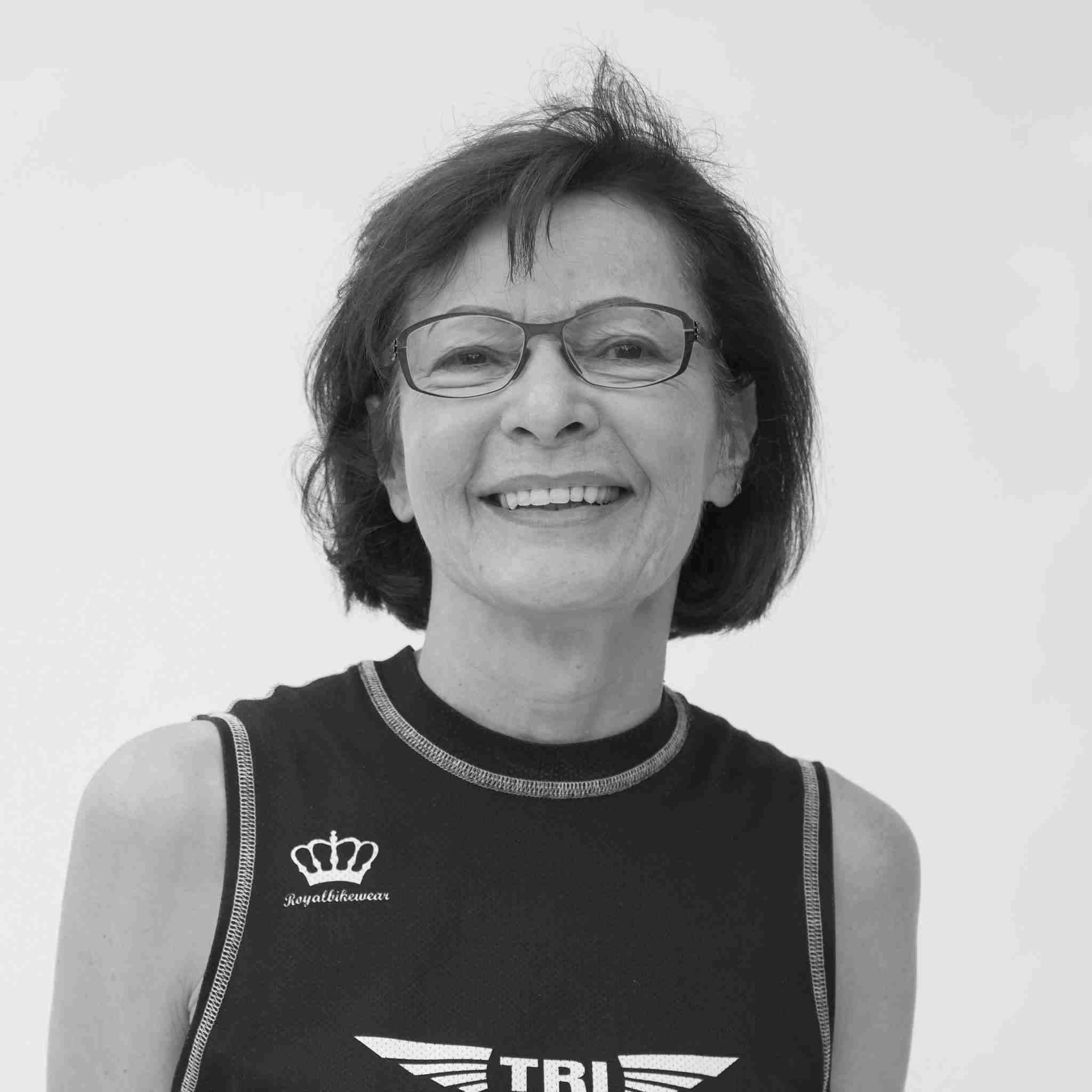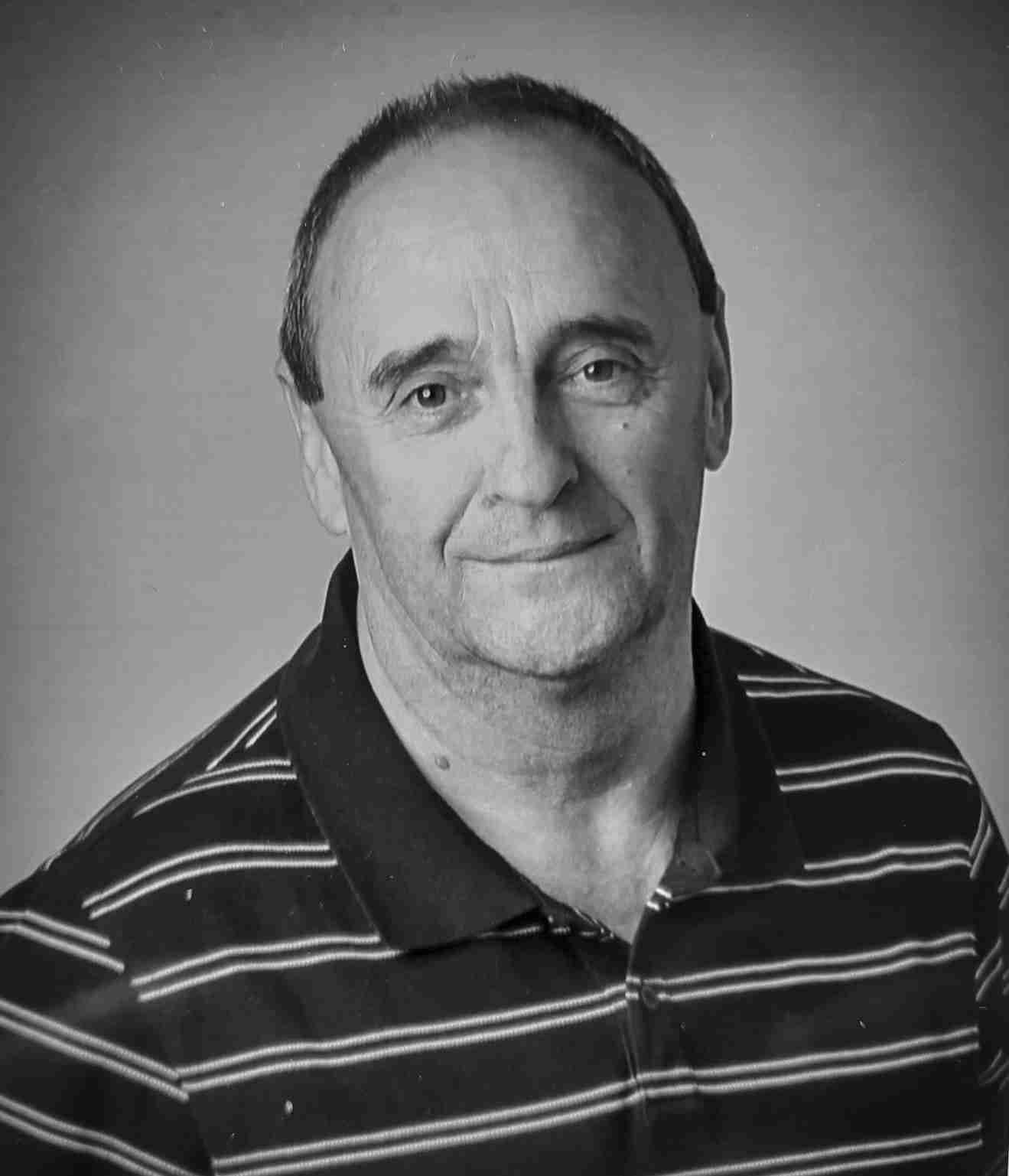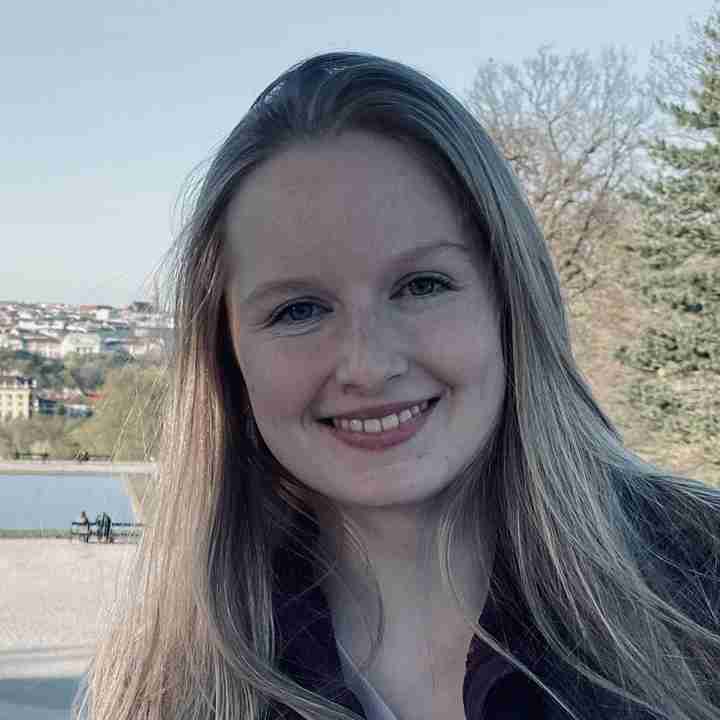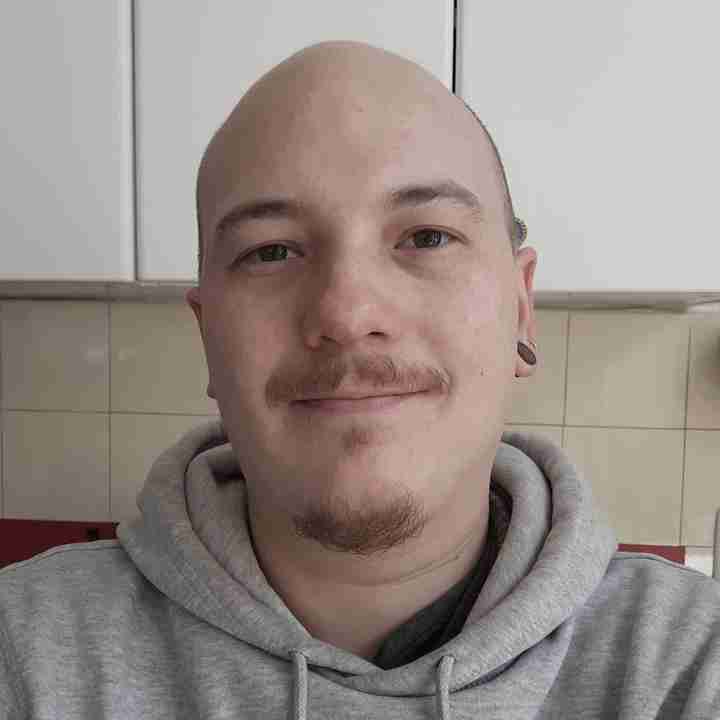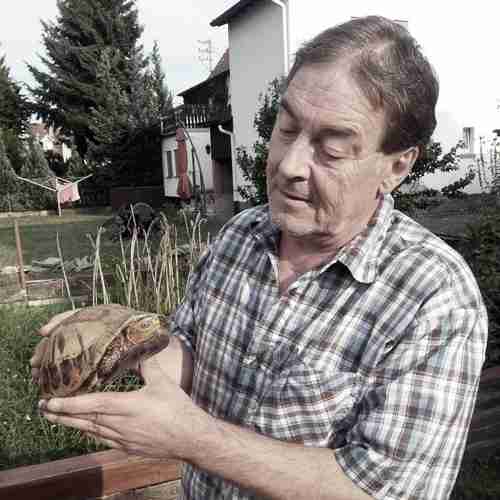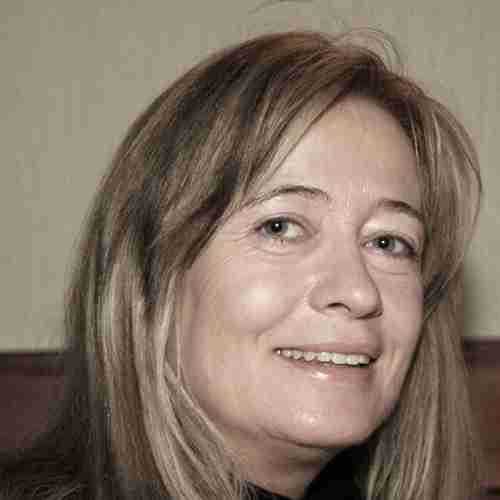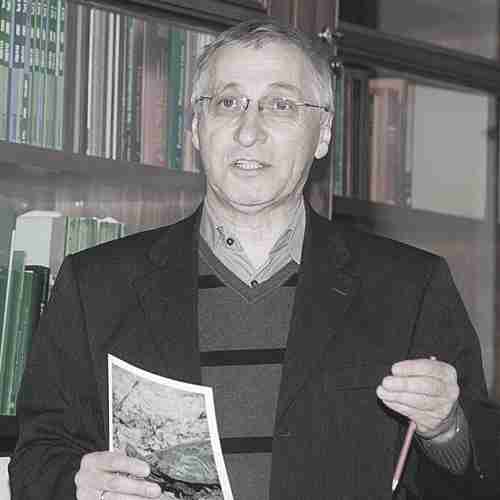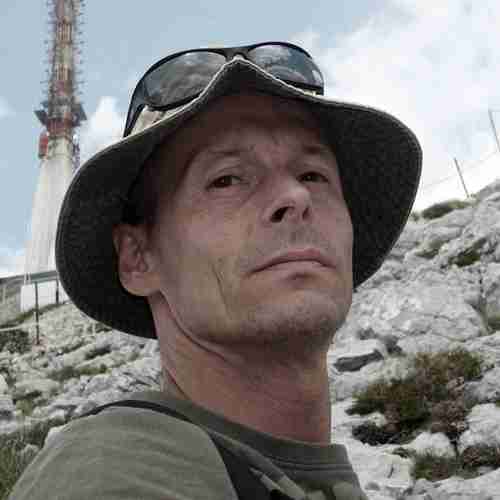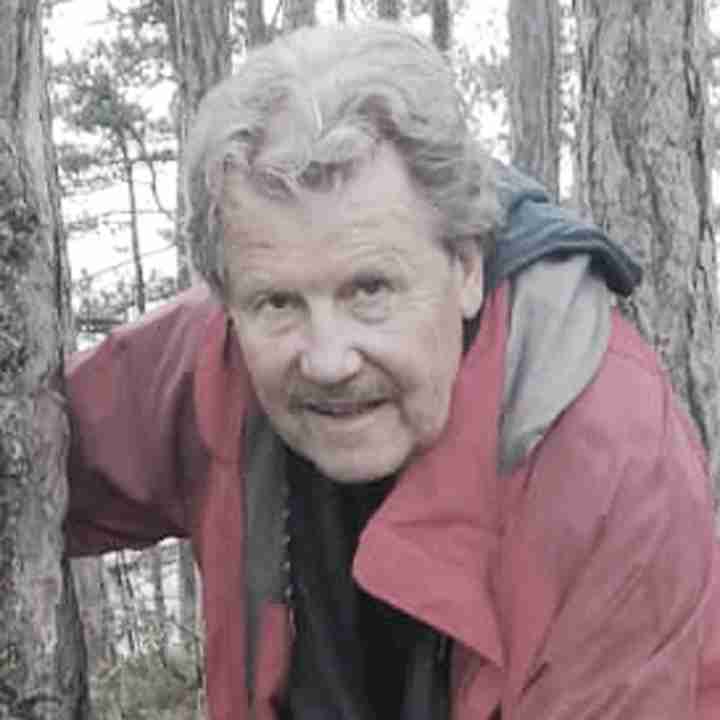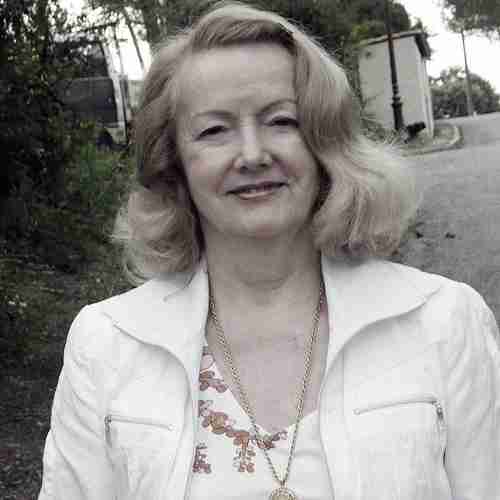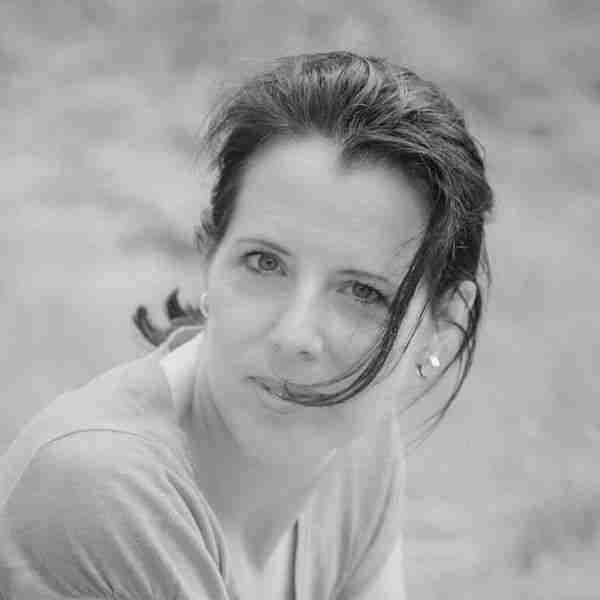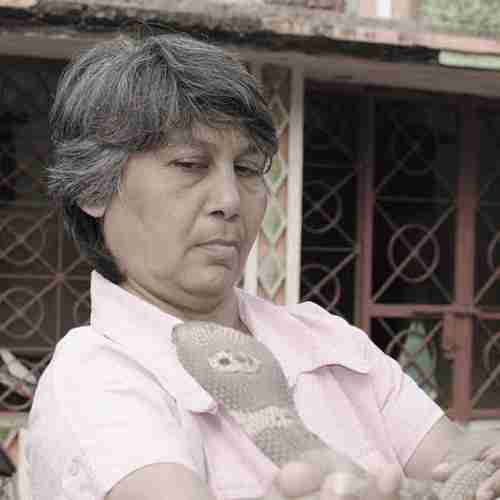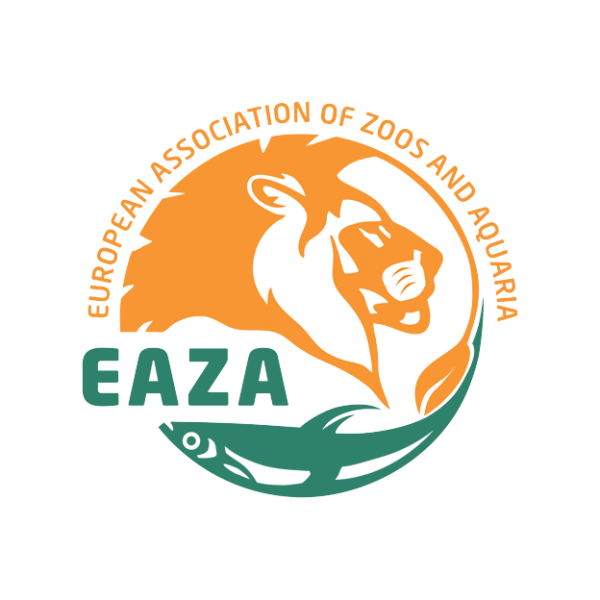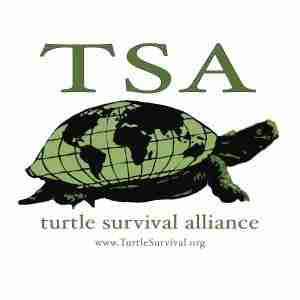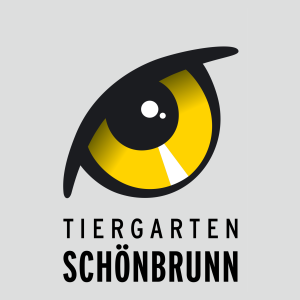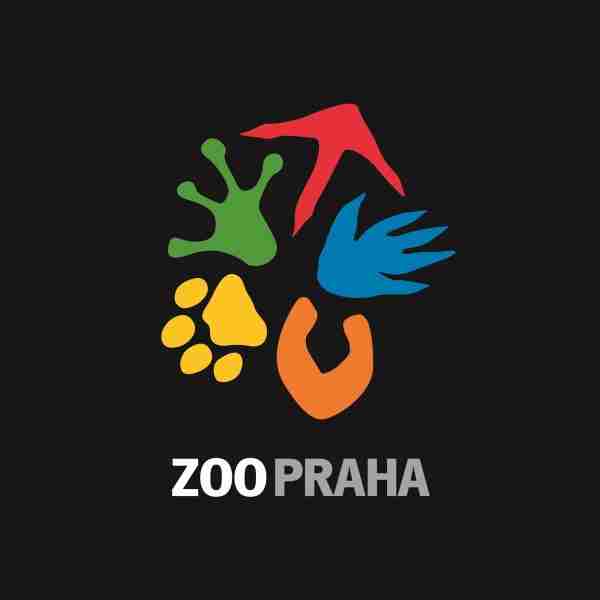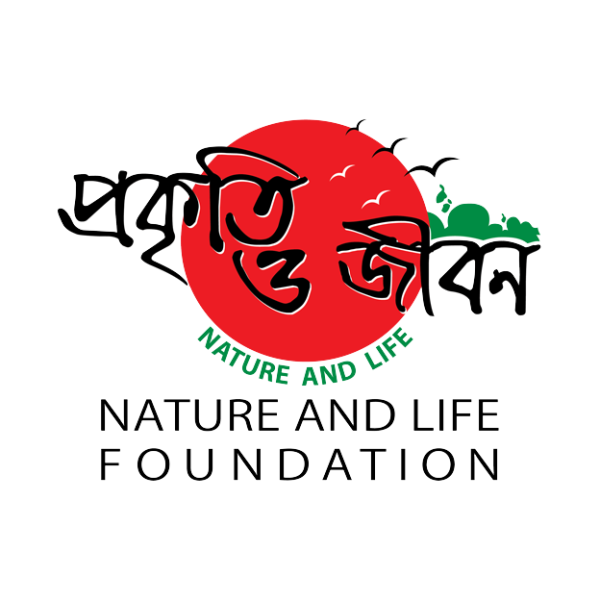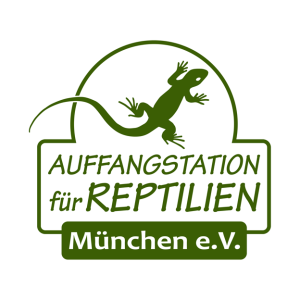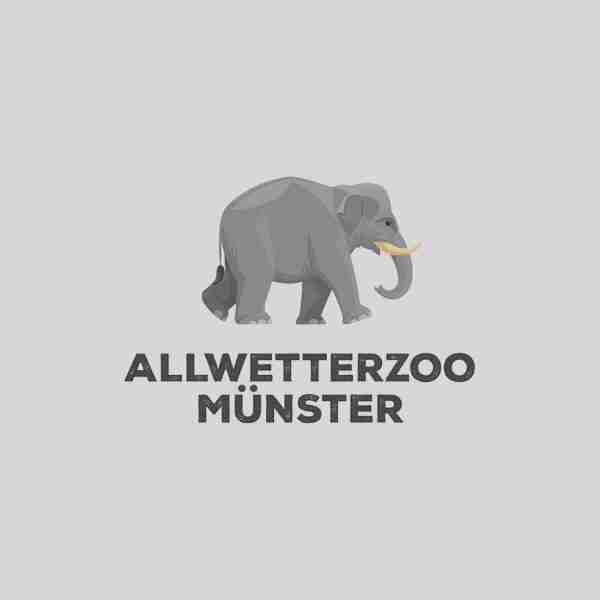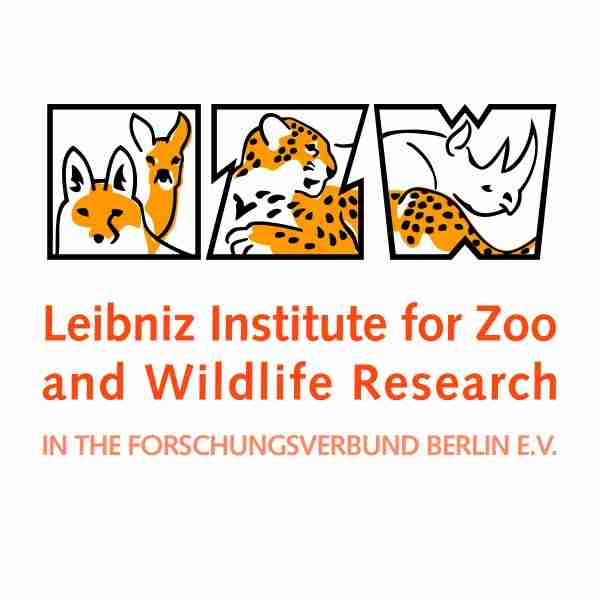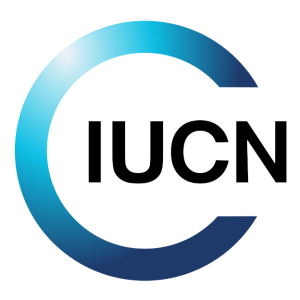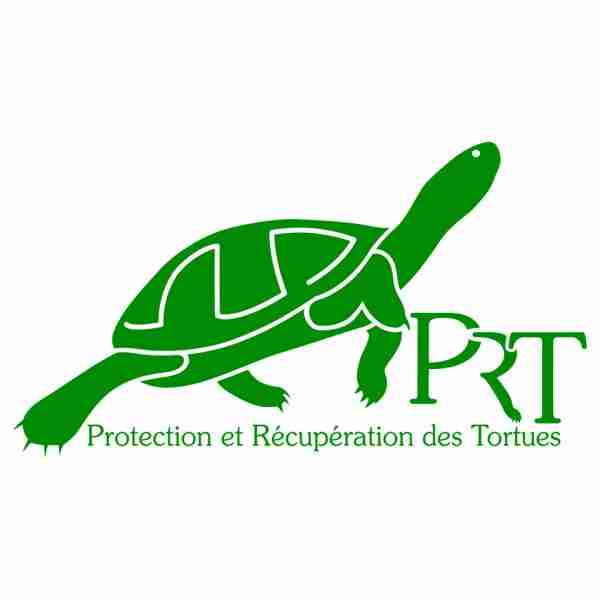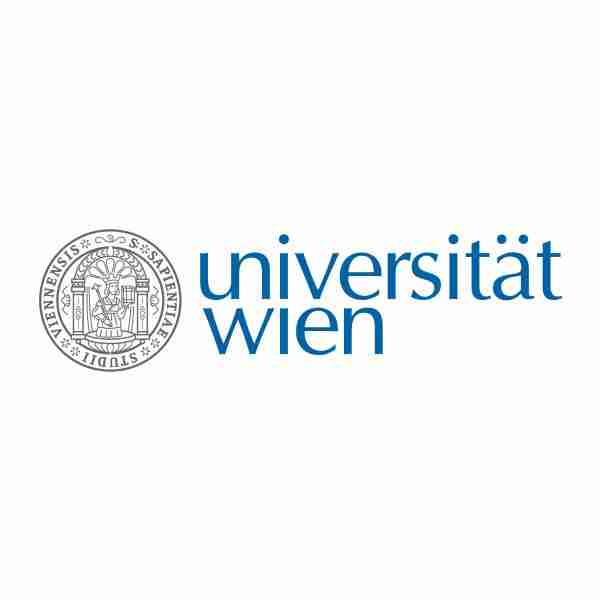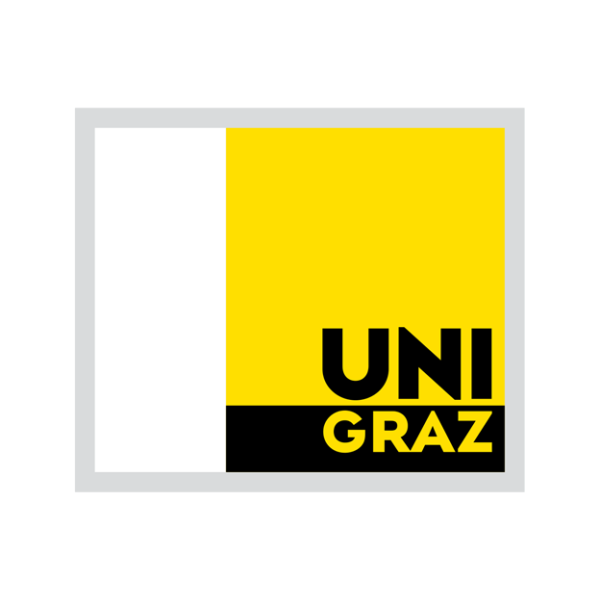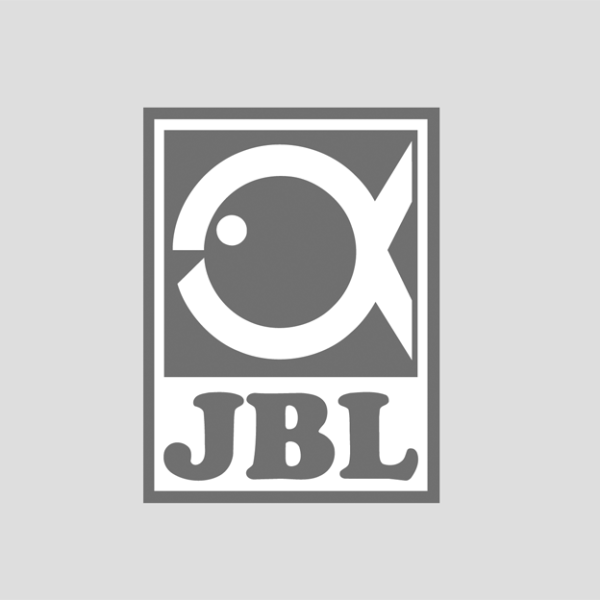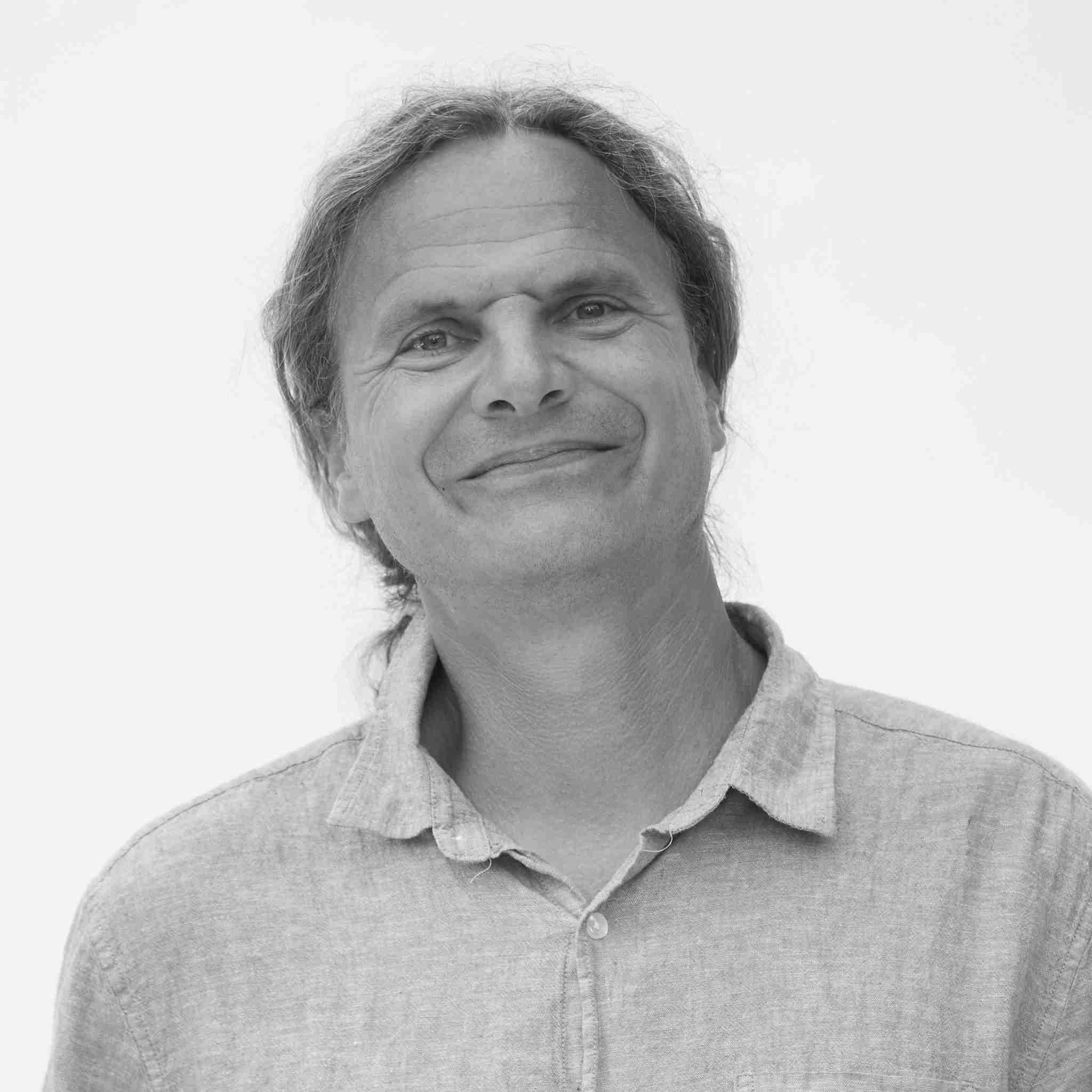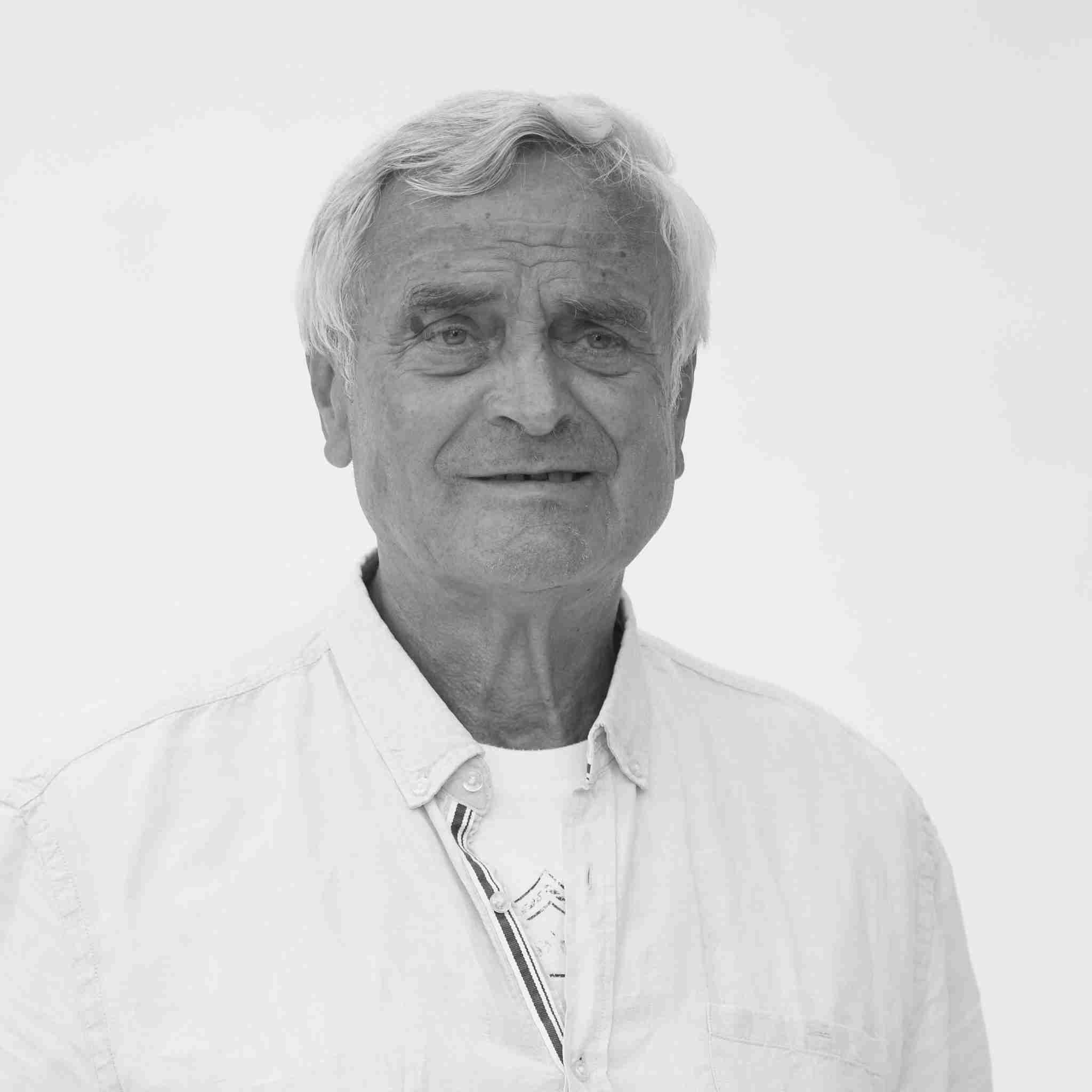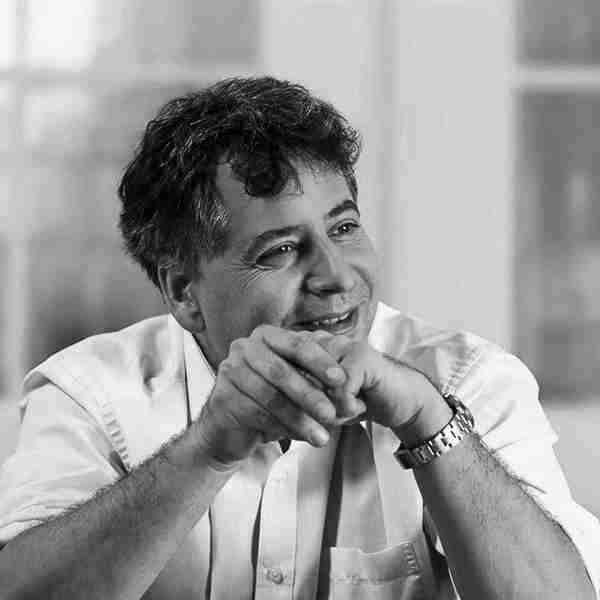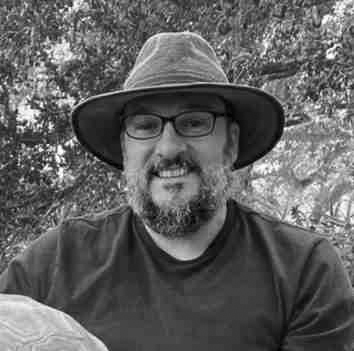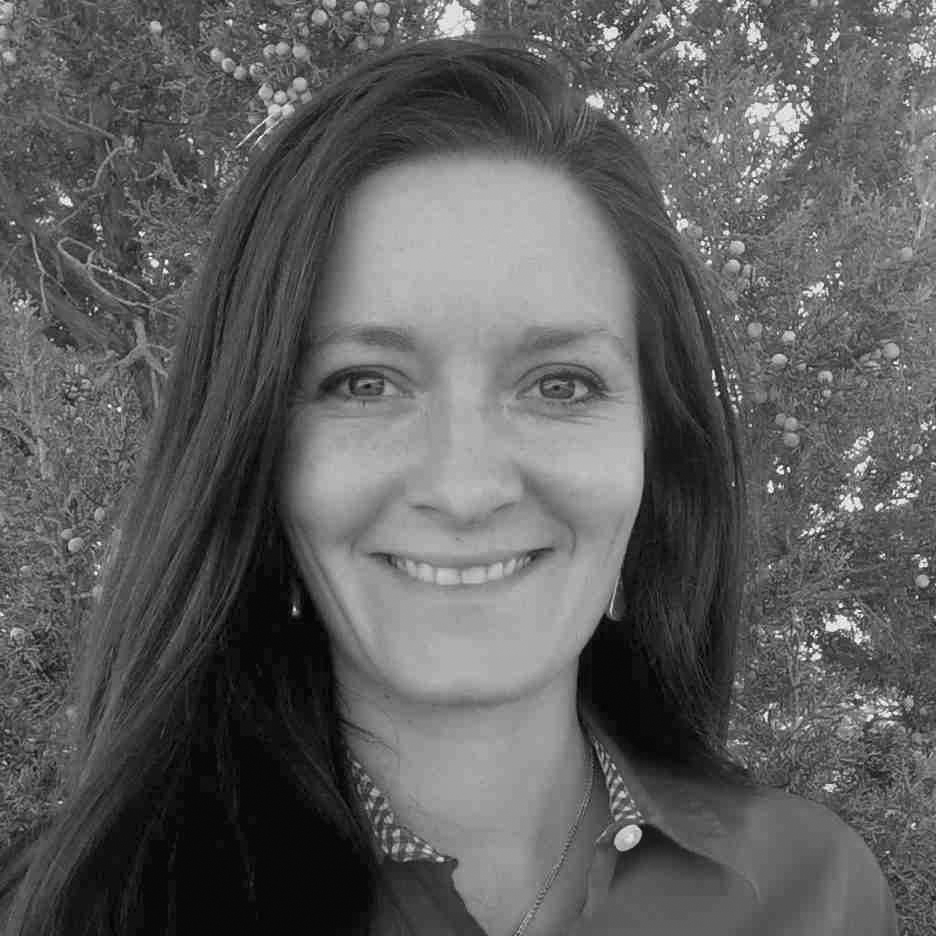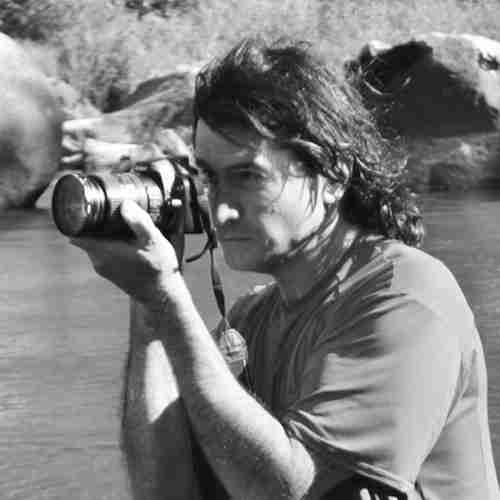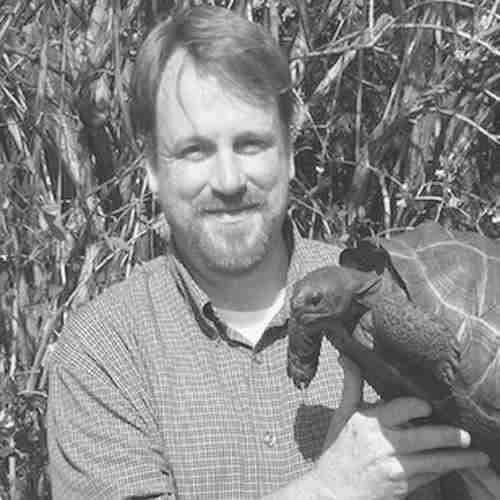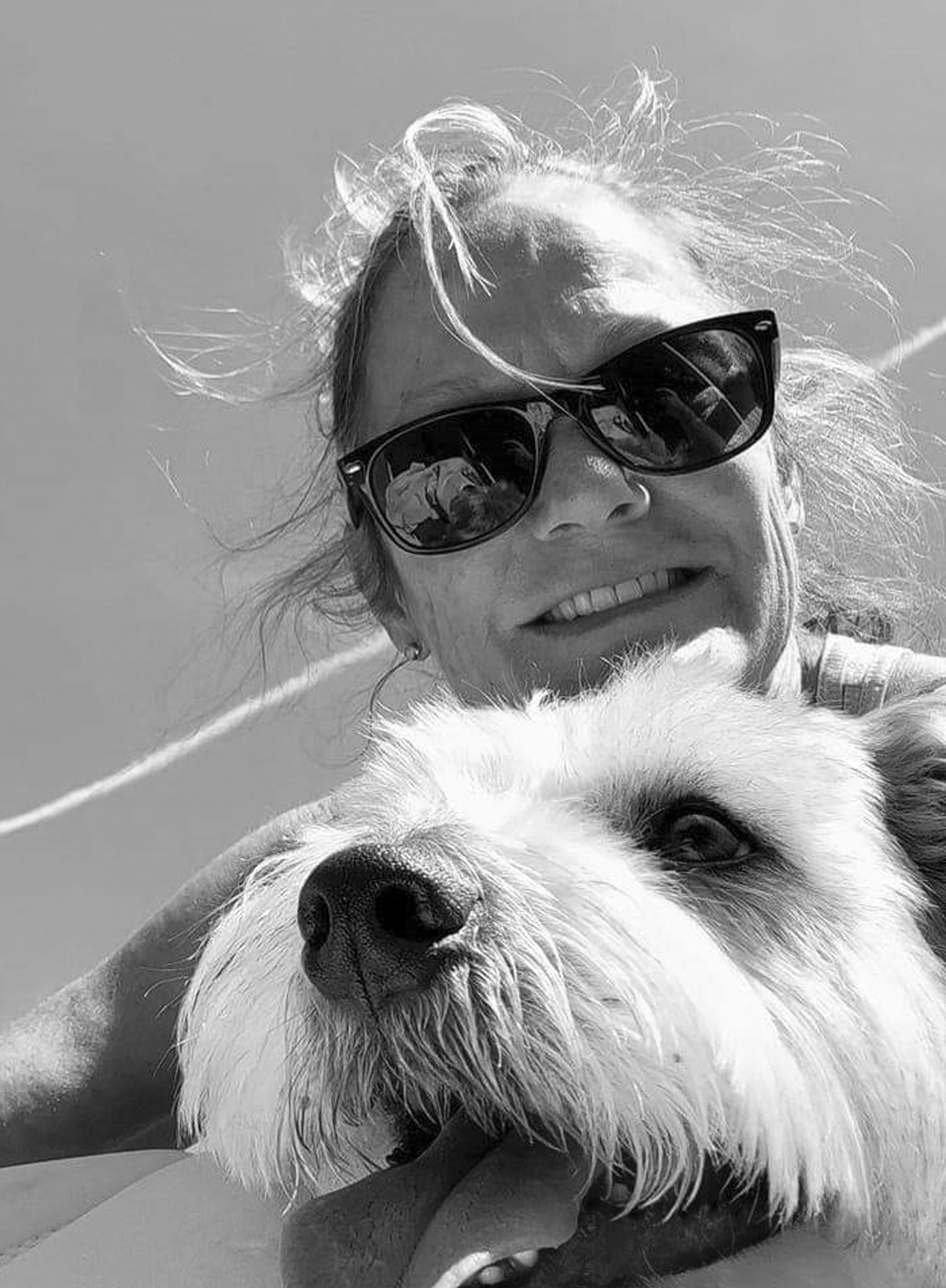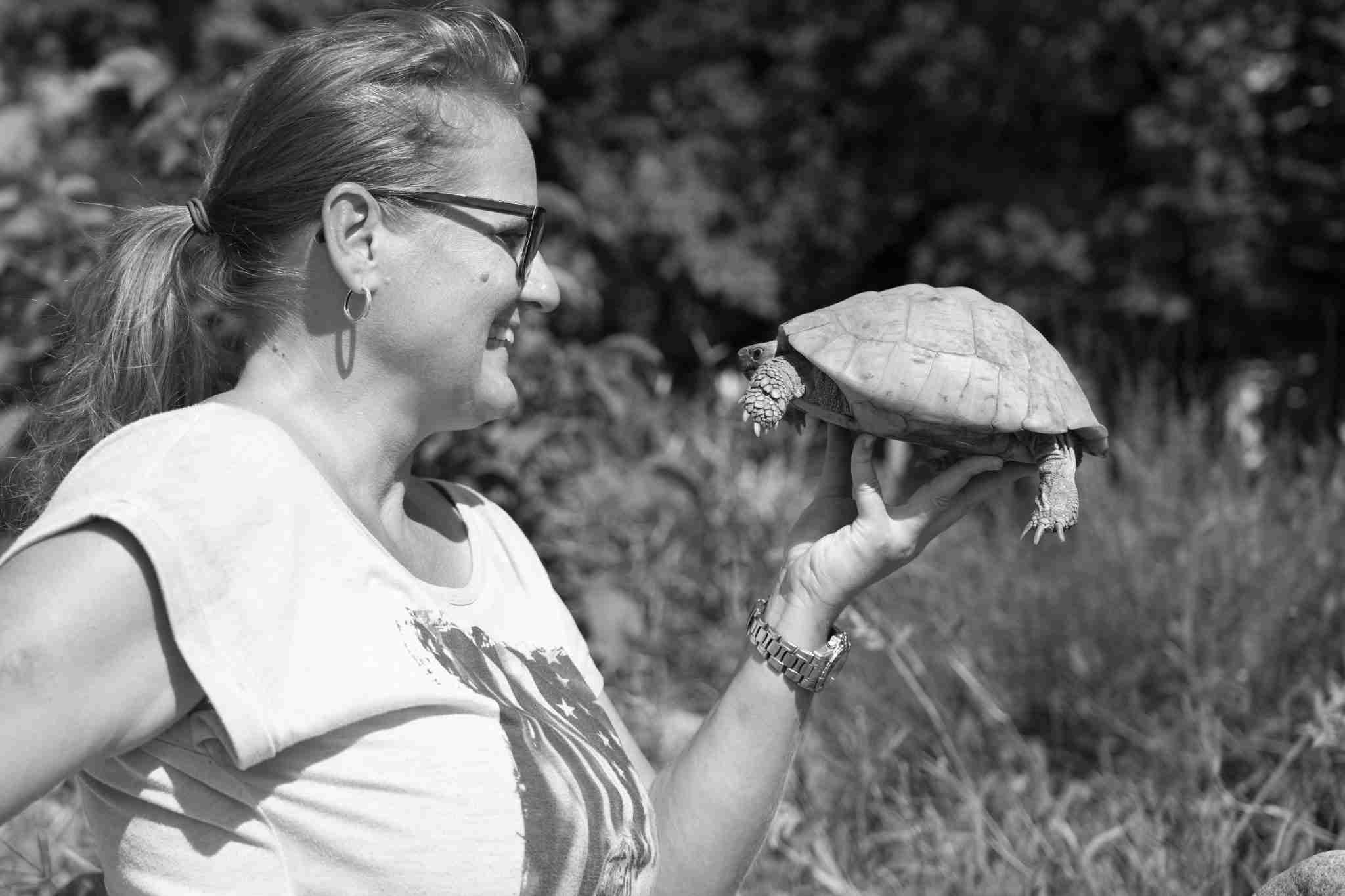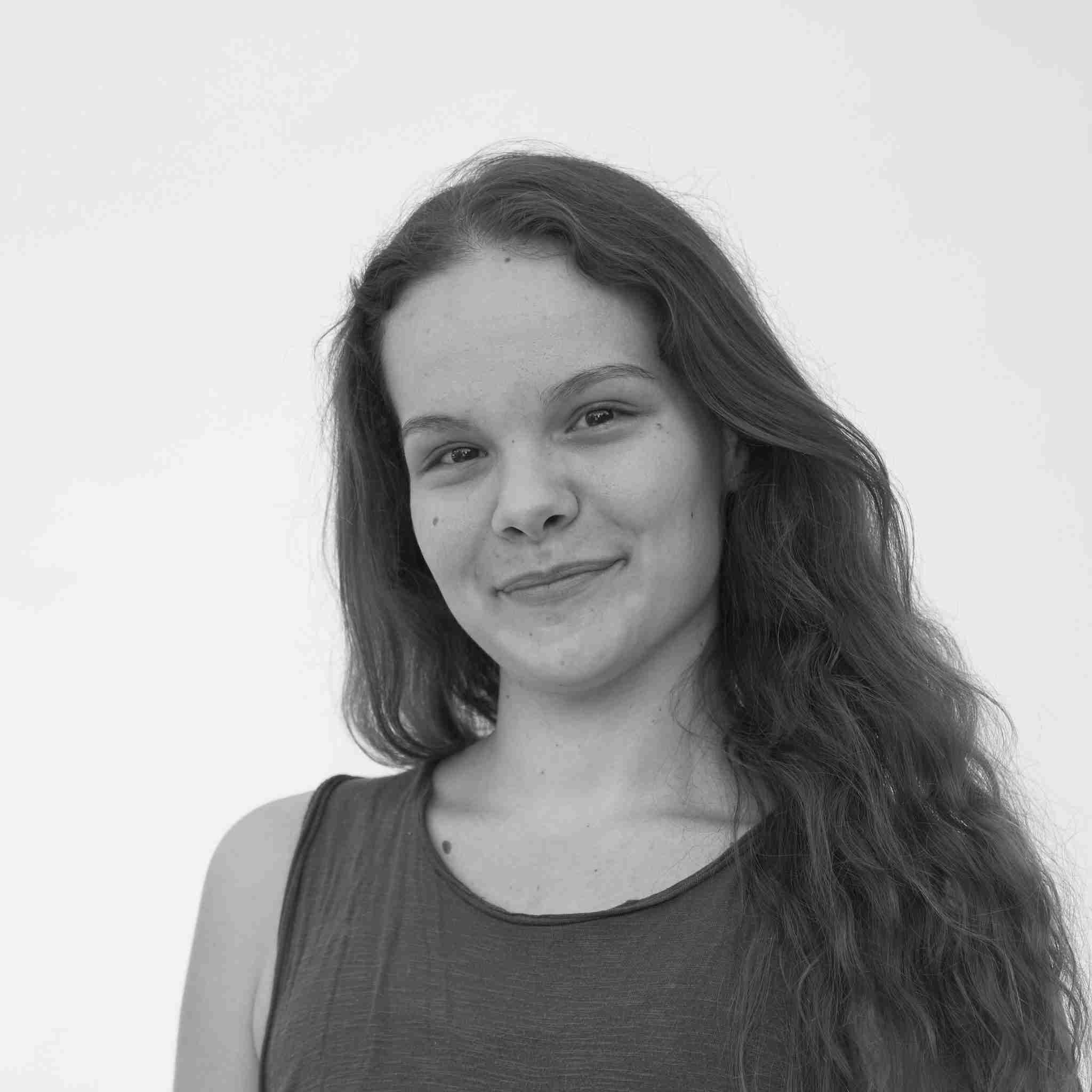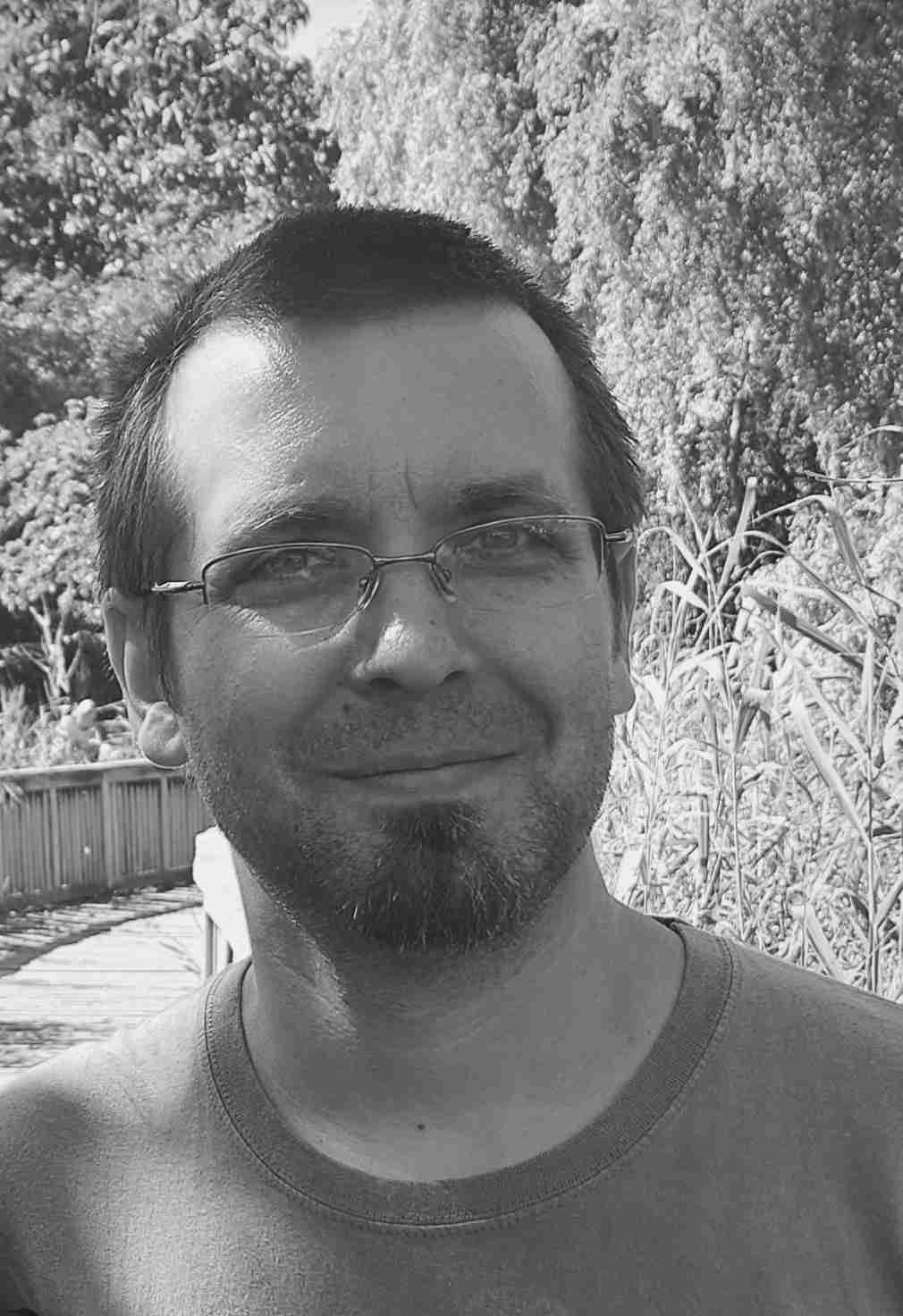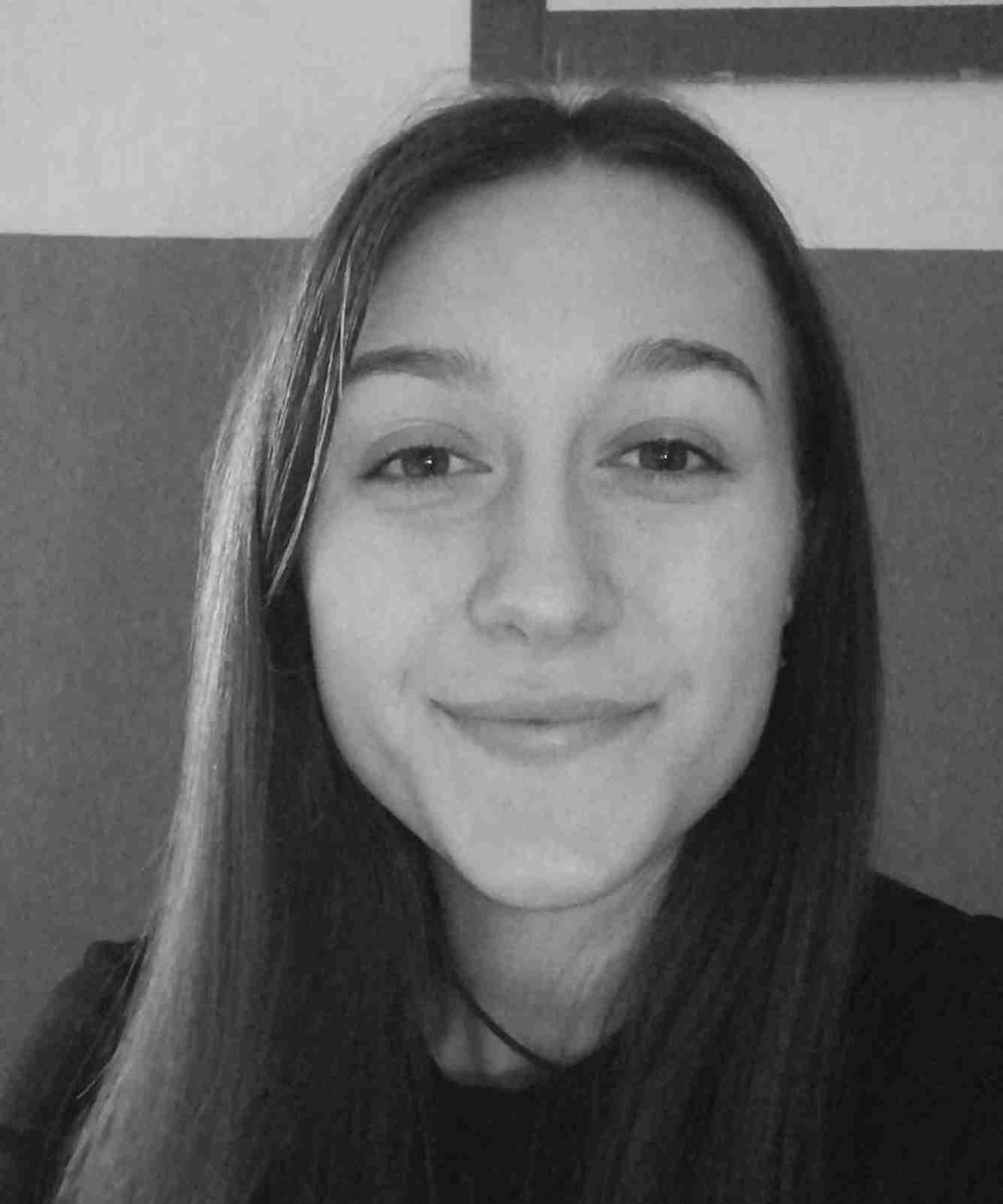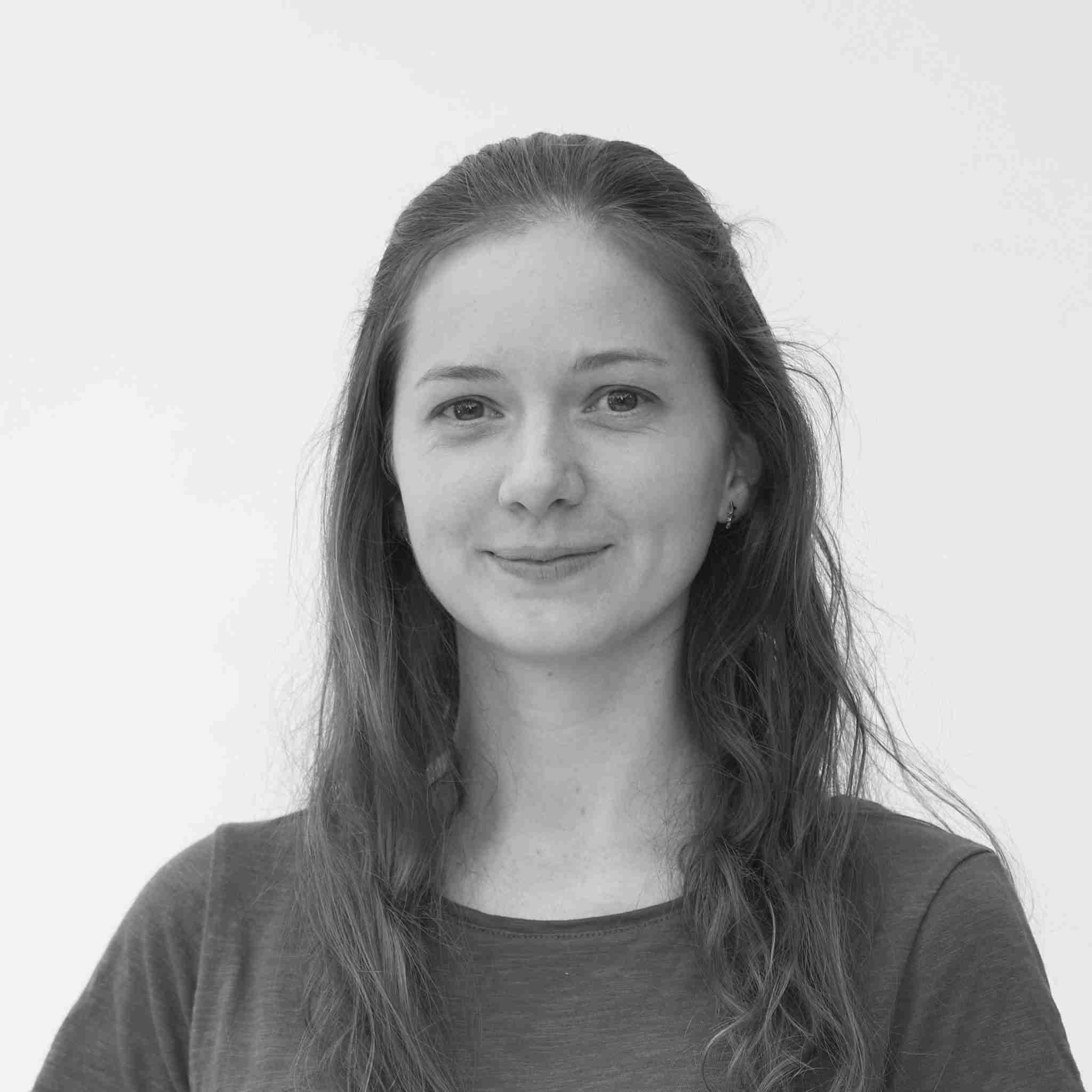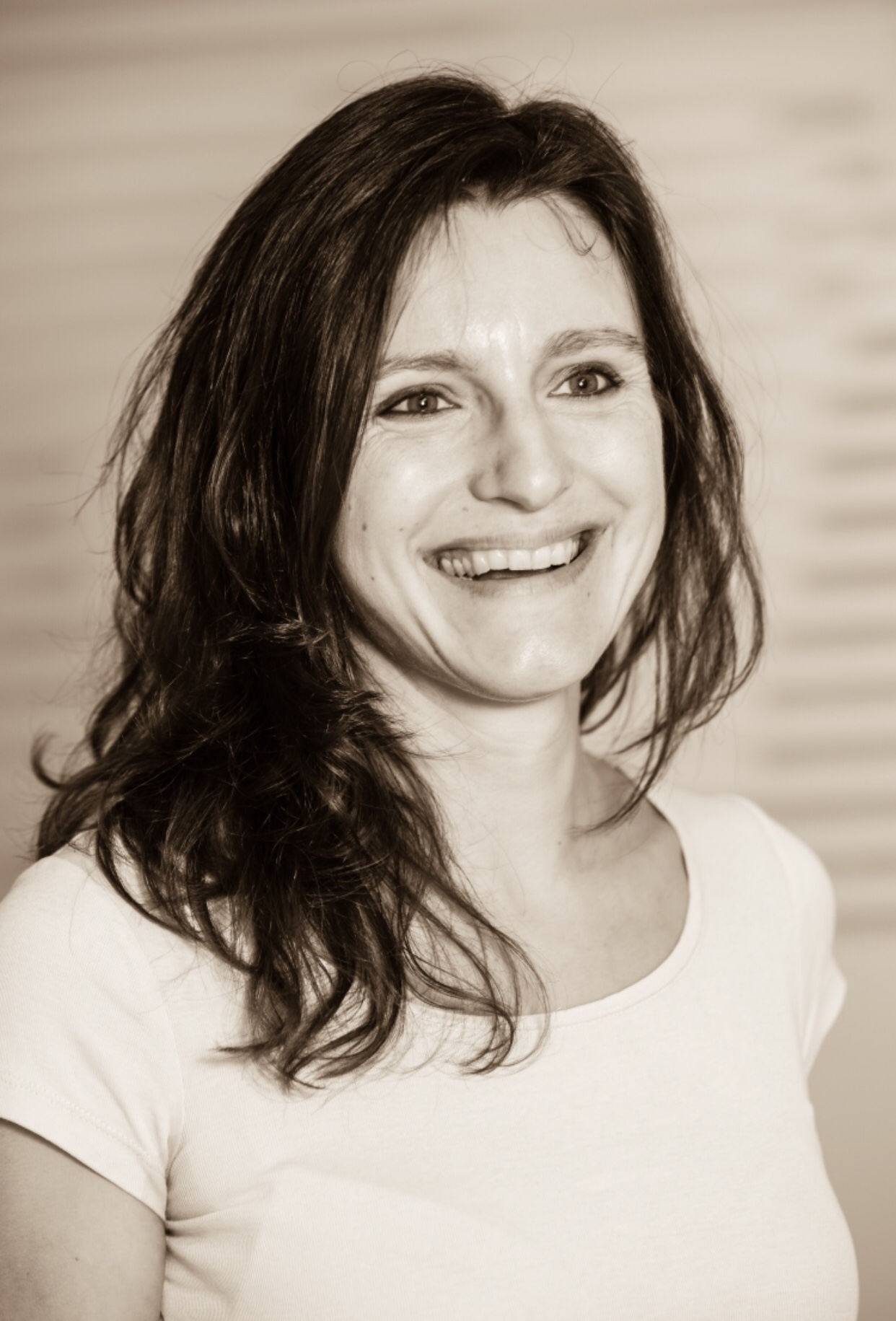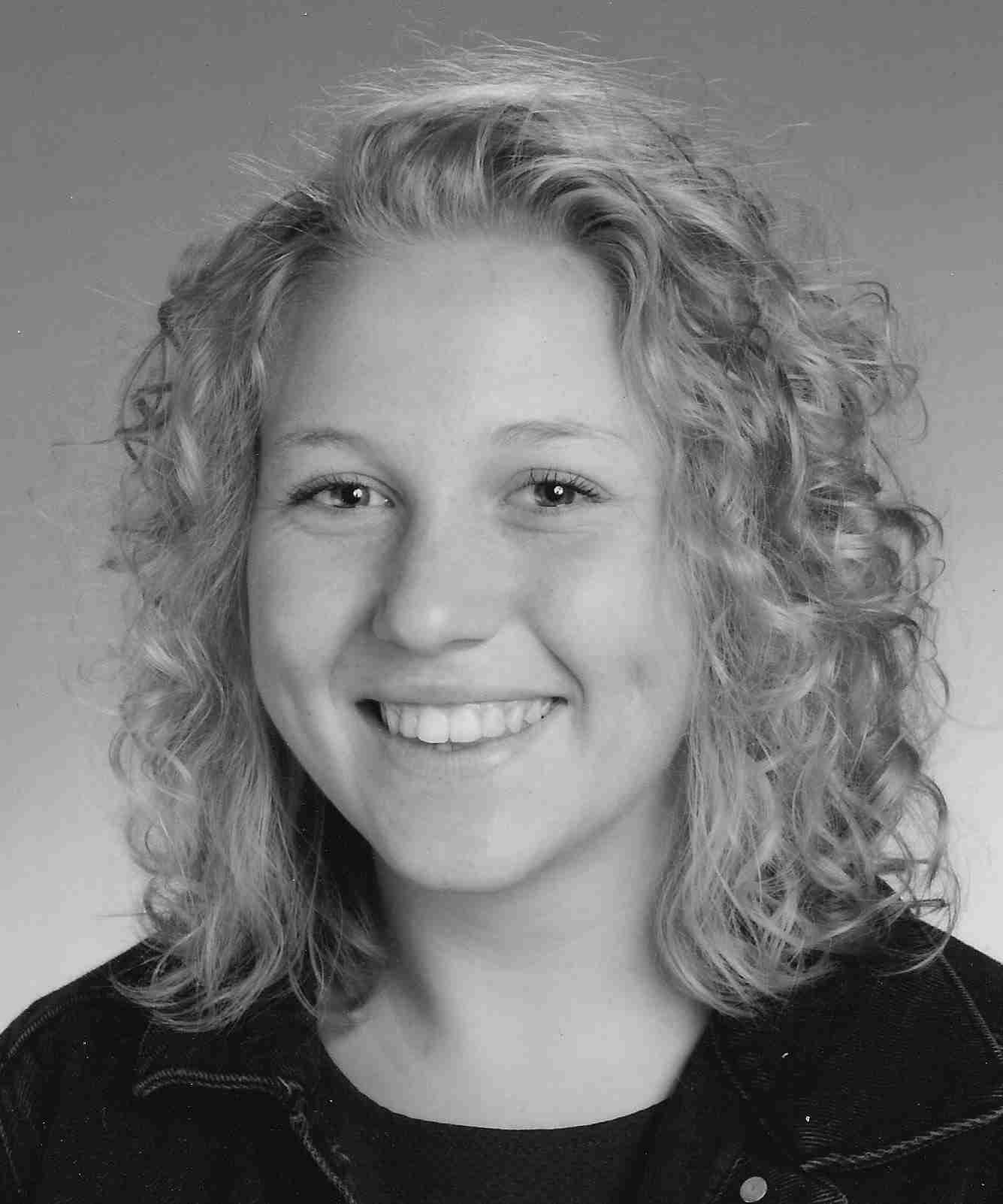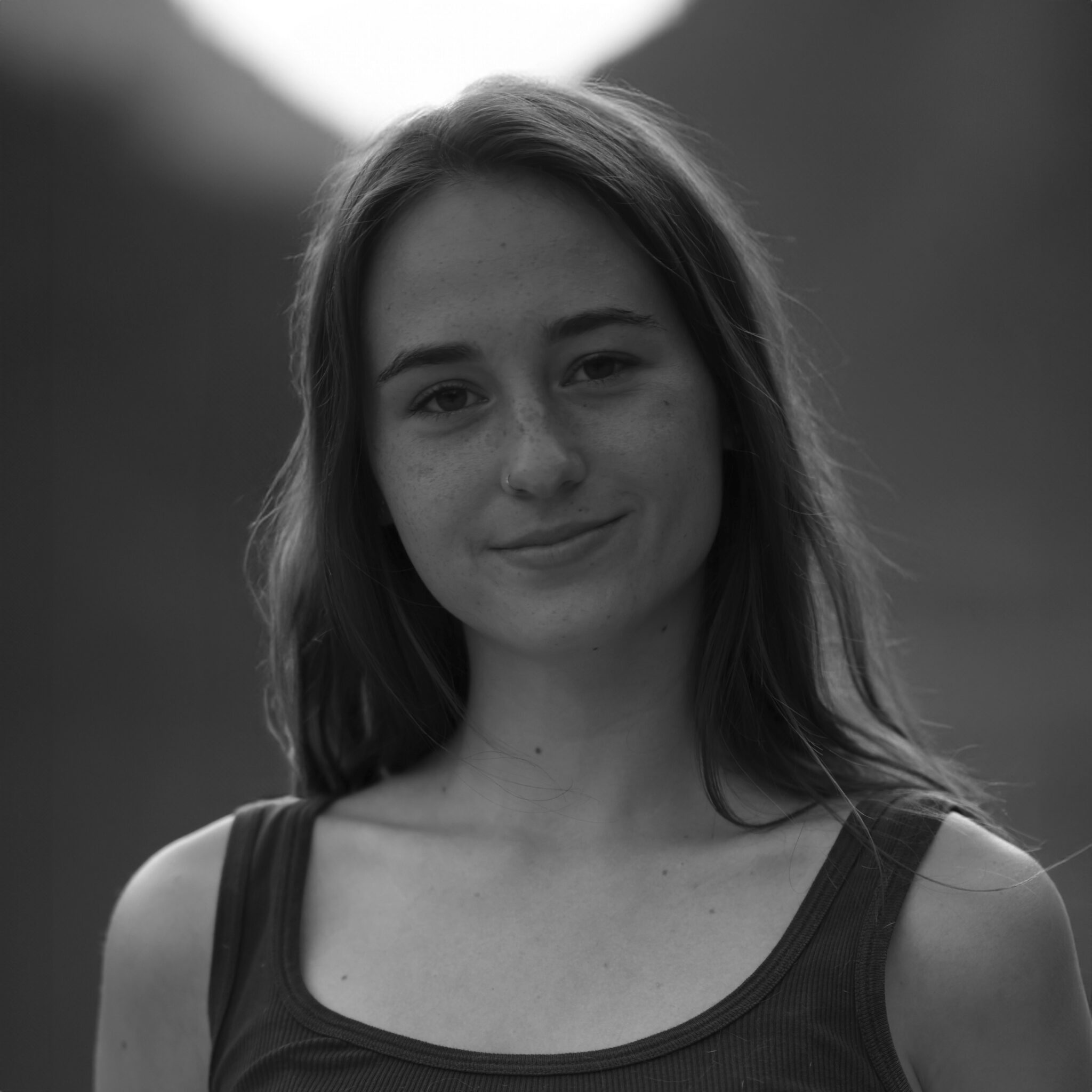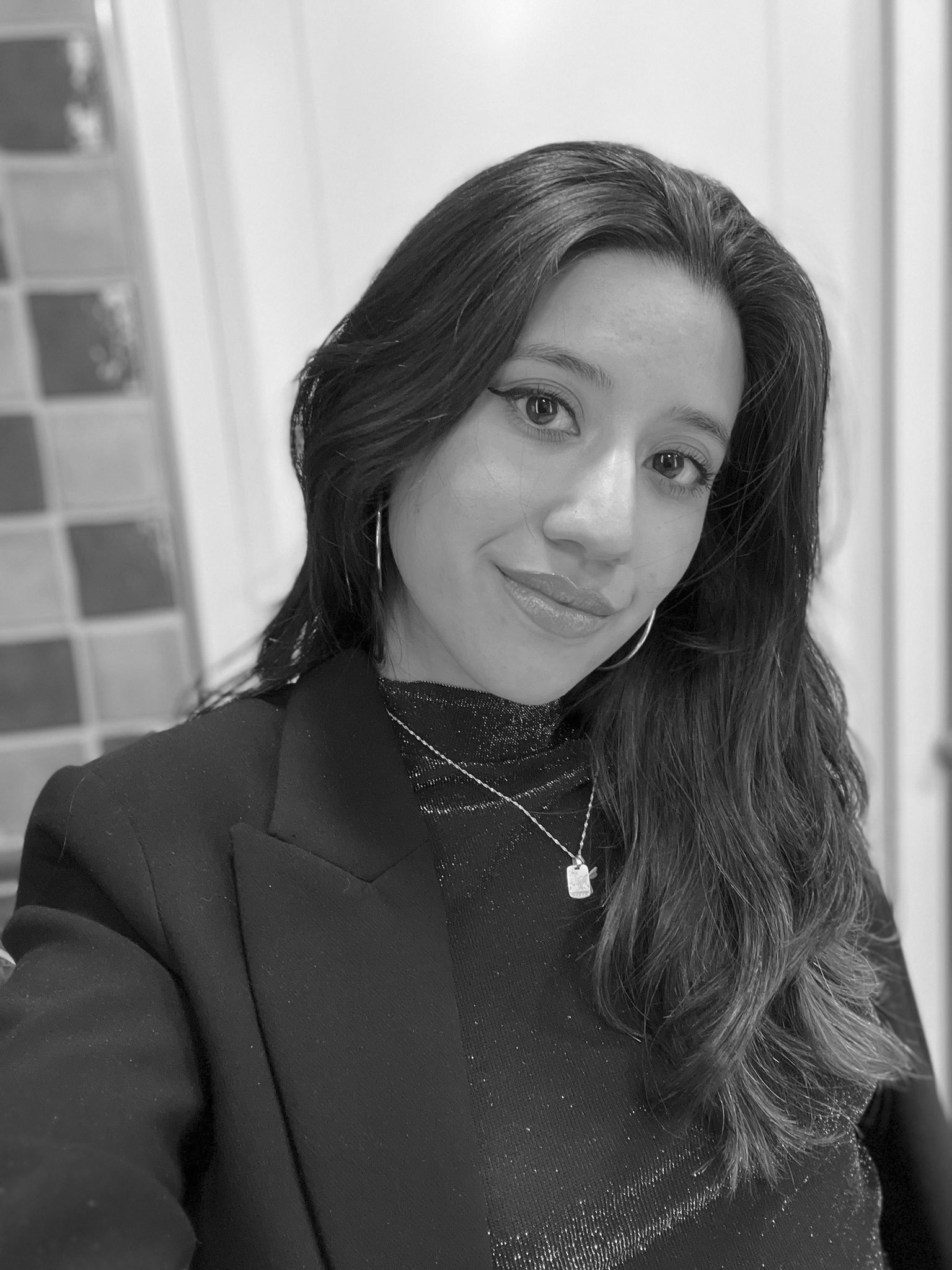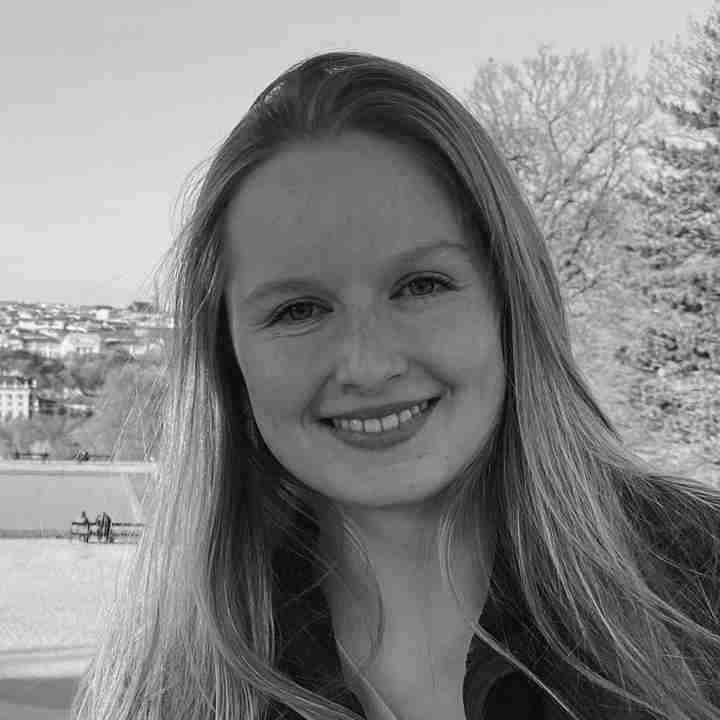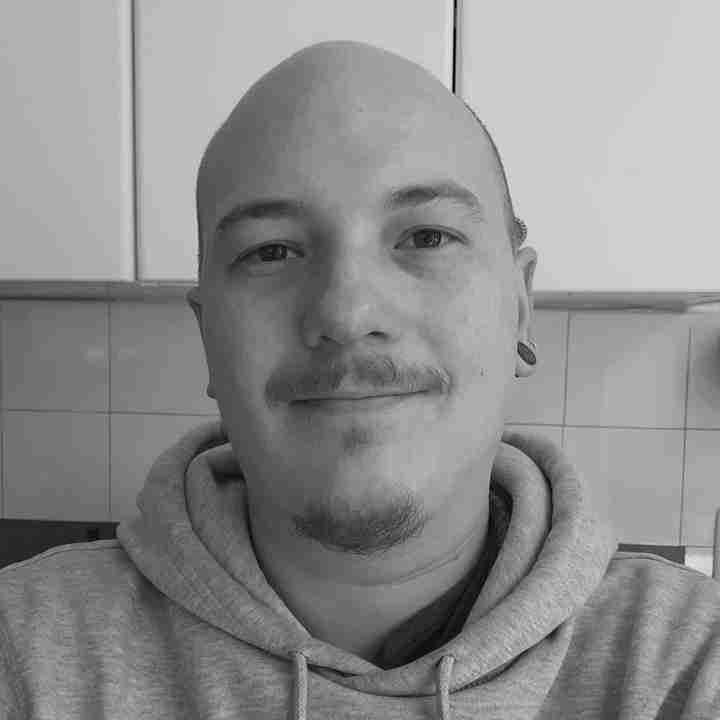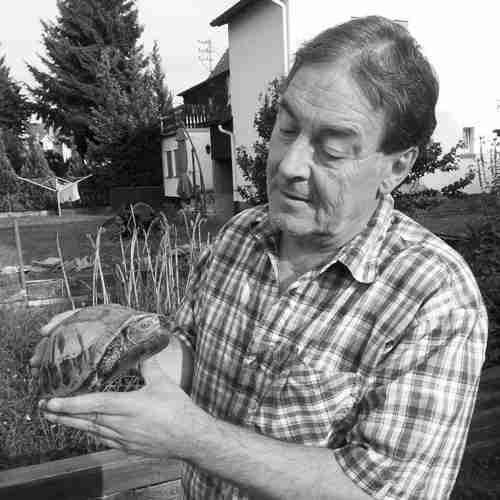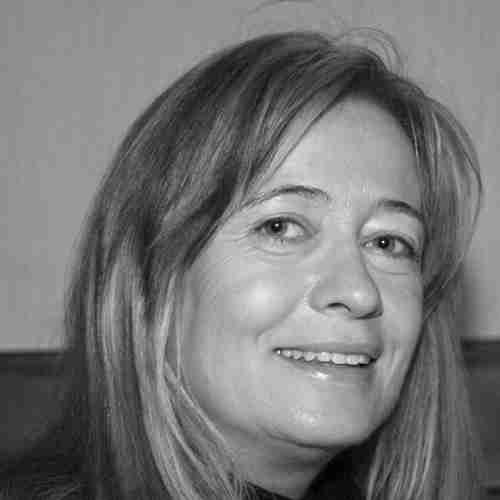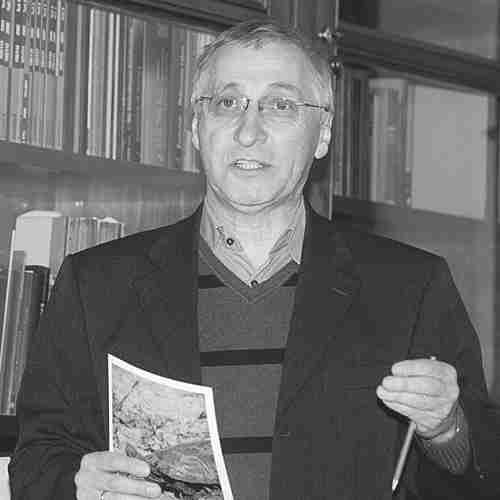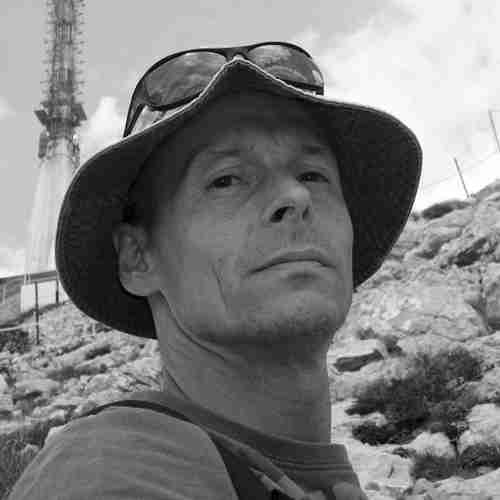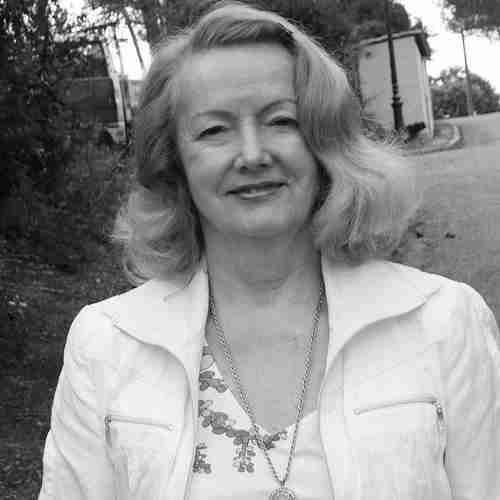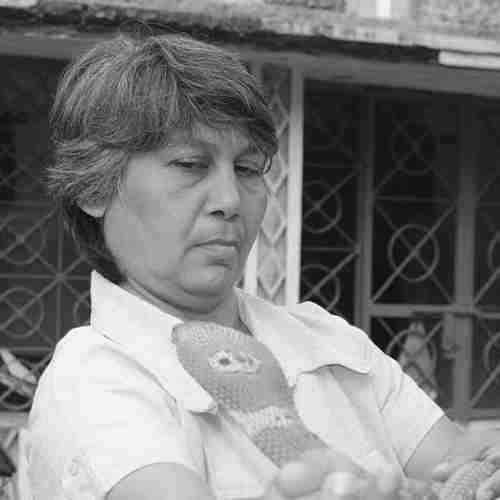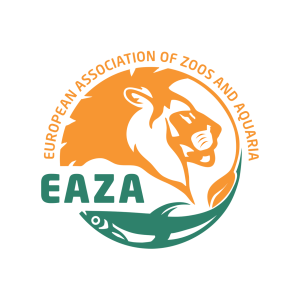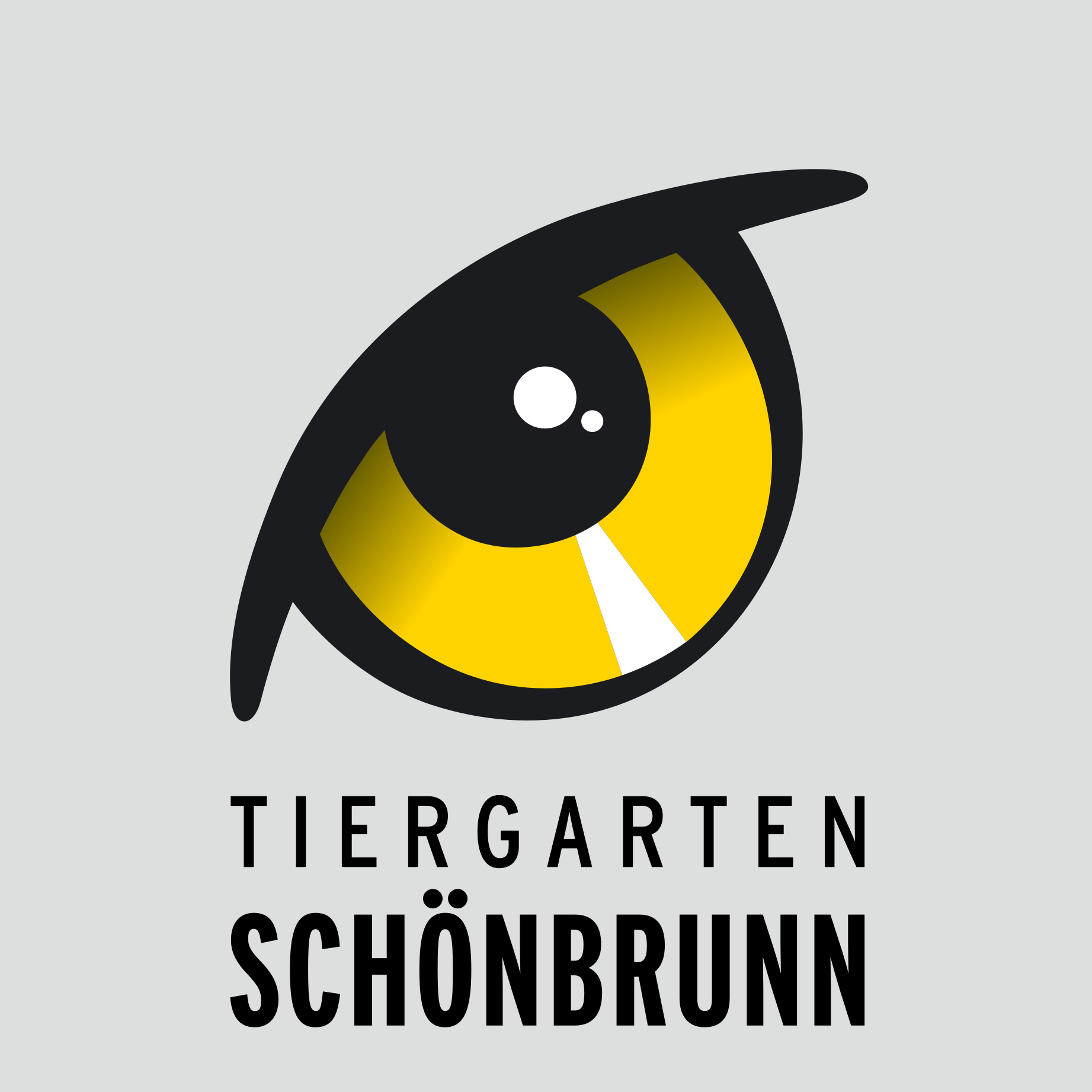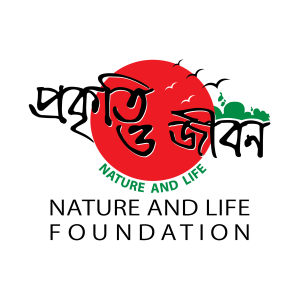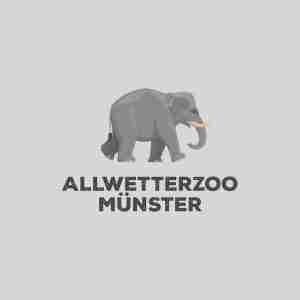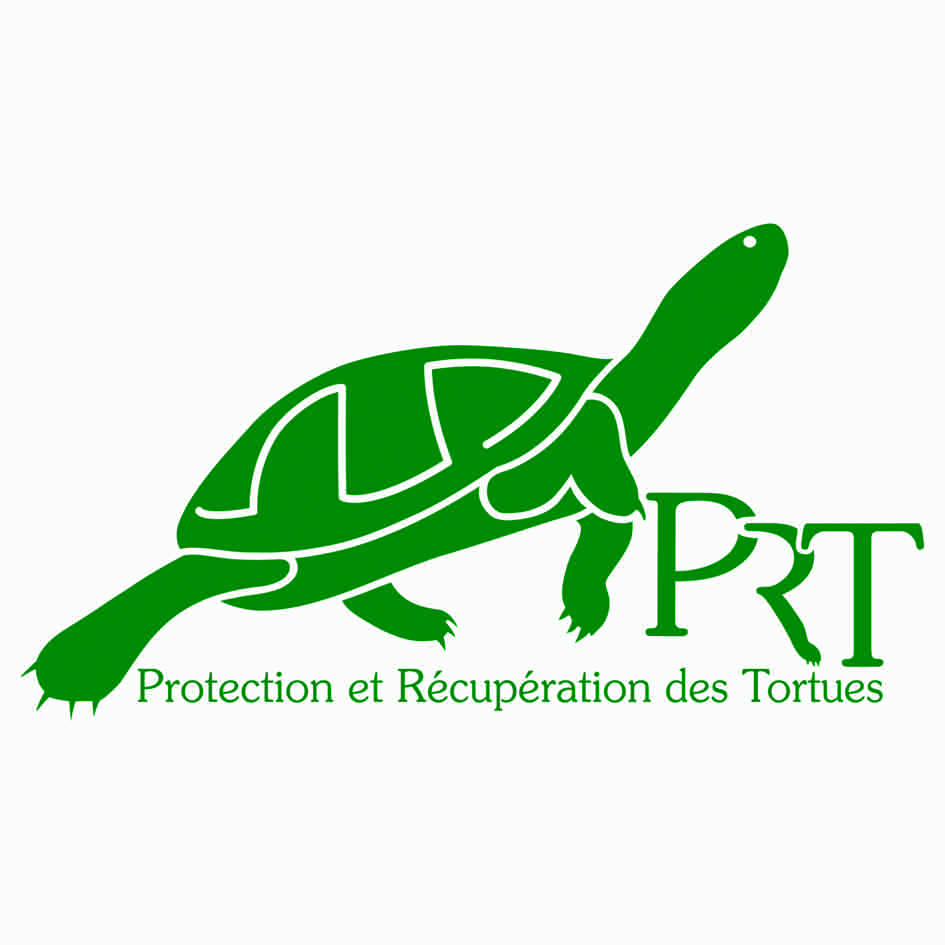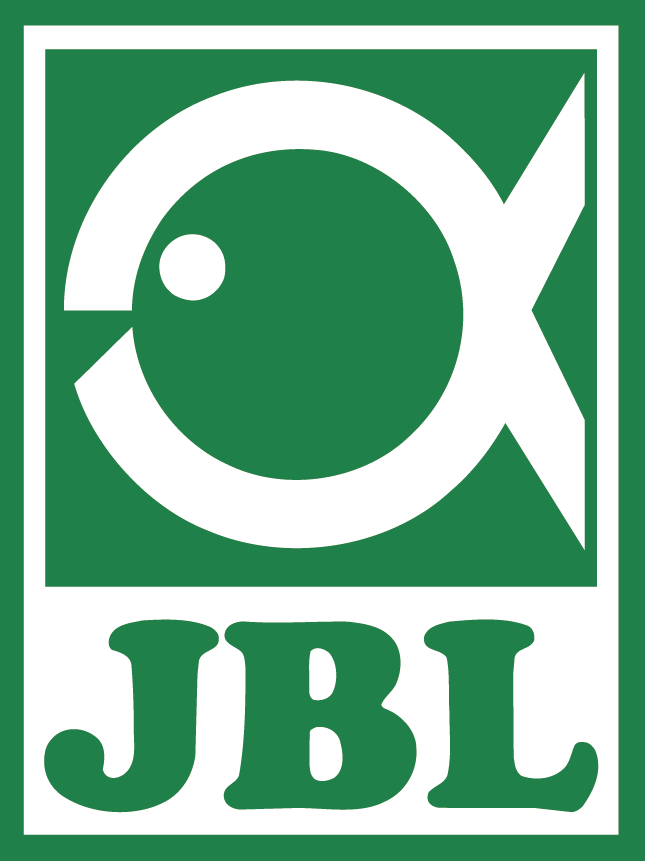GET TO KNOW US
ABOUT TURTLE ISLAND
OUR STORY
From the time he uttered his first word, "turtle", Peter Praschag had declared his devotion to conservation.
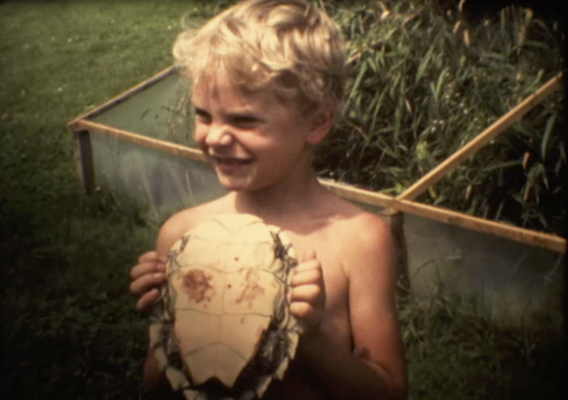
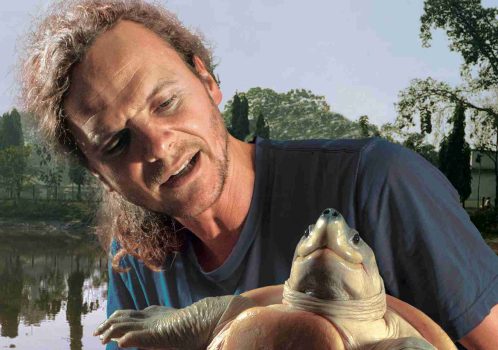
Carrying on the work of his father, he has lived and breathed turtles ever since, traveling around the world to share his expertise in the field of herpetology.
Peter has attracted a family of compassionate, brilliant warriors for the cause, together creating four turtle conservation centers in his homeland of Austria, one of which was his childhood home!
When asked about how he maintains his tireless dedication to such an undertaking, Peter responded “From the first moments I can remember until today, my fascination for these ancient animals was so gripping and absorbing that pondering about an alternative path never came up. I know my life on this planet is dedicated to them and their survival.”
Thus, Turtle Island was born.
OUR MISSION
Our mission is simple: save turtles & tortoises from extinction through acute rescue, care, research, breeding, and rewilding.
OUR VISION
Our long term goal is to build a research and conservation zoo - "THE DOME" - to save turtles and inspire humans for generations to come, contributing to the rewilding of our planet.
OUR METHODS
The three pillars of Turtle Island are to rescue, research, and rewild endangered turtles and tortoises.
We combine ex-situ (outside the natural environment) and in-situ (inside the natural environment) research to save turtles and repopulate our planet.
Our ex-situ work mainly consists of caring for turtles, genetic research, and conservation breeding. Our in-situ work takes us around the world to save, study, and repopulate wild turtle species.
OUR FAMILY TREE
This is Turtle Island
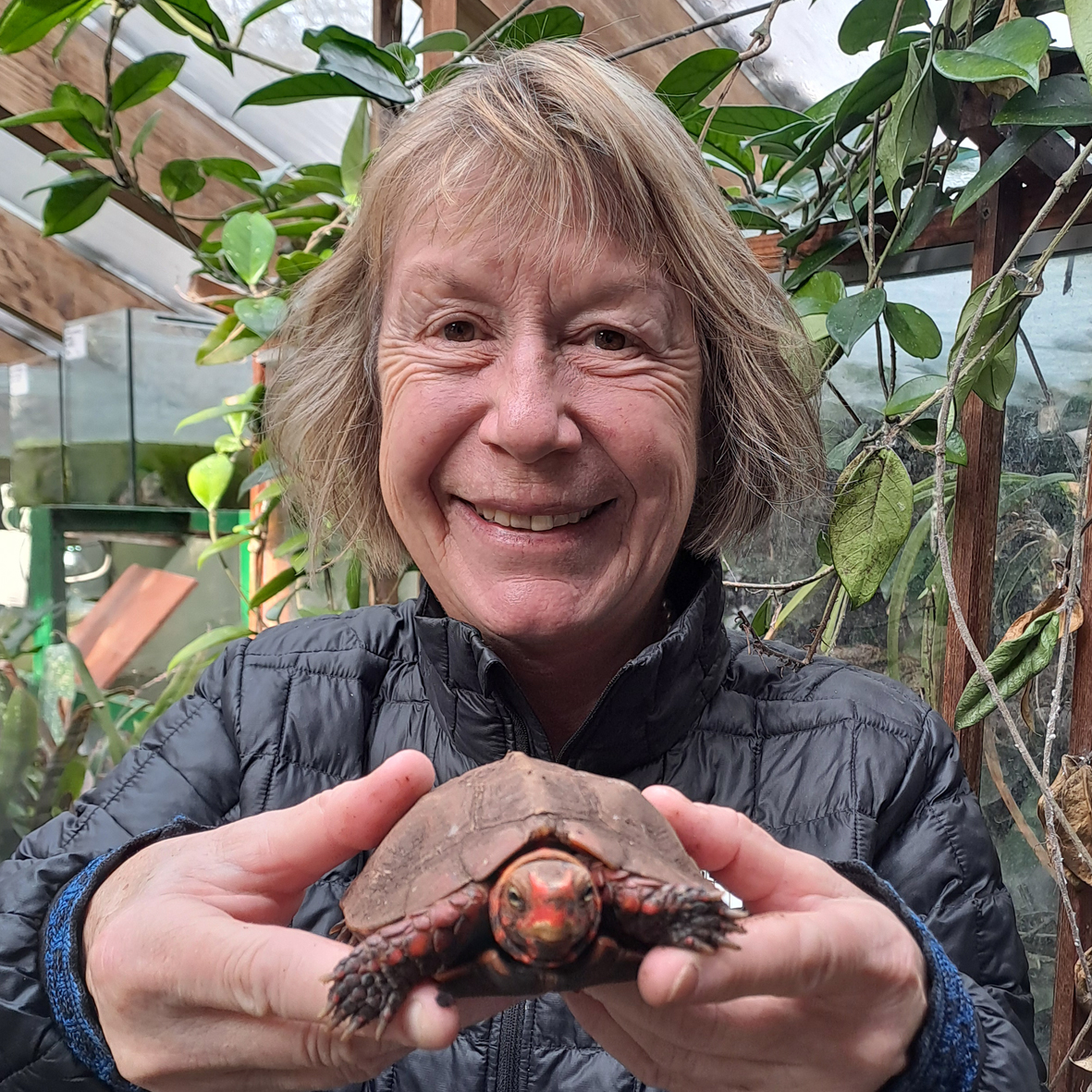
BARBEL HEIZ
Supporting Member
SWITZERLAND
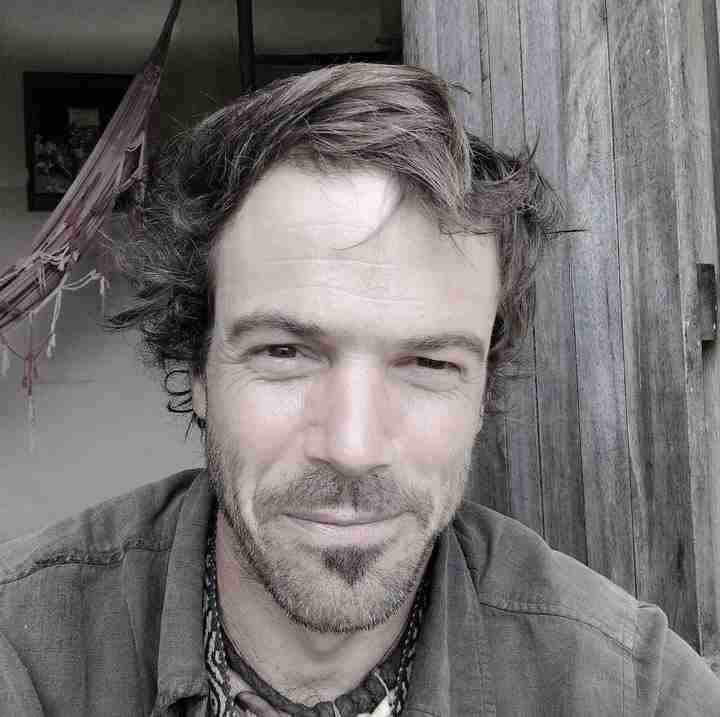
BONGGI
Volunteer
Spain
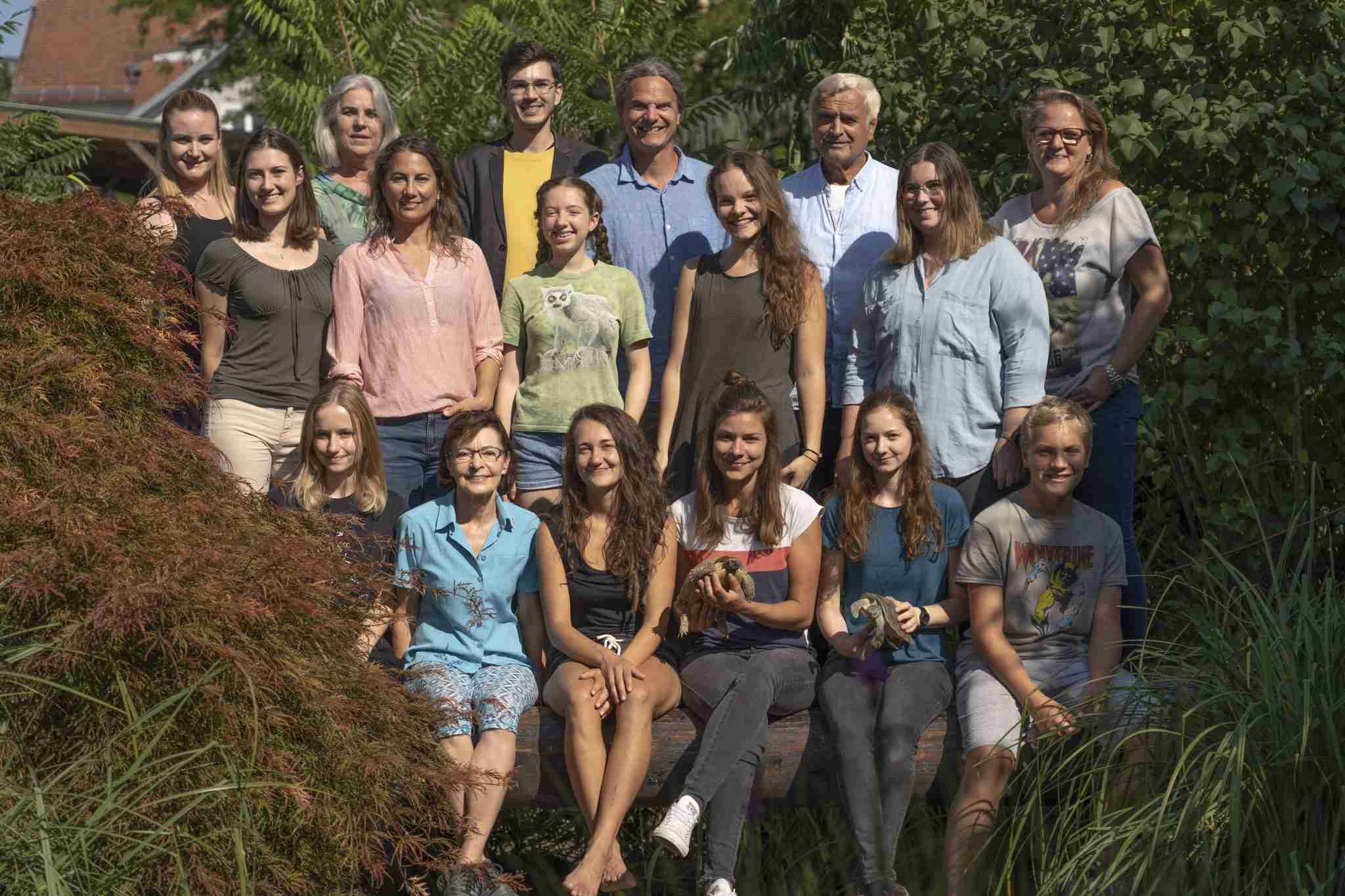
COLLABORATION
We love our partners and ...
To support our mission of conserving the world’s most endangered and overlooked turtle species, we are continuously expanding our network with international scientific institutions and universities worldwide who share in our passion.
FTTI
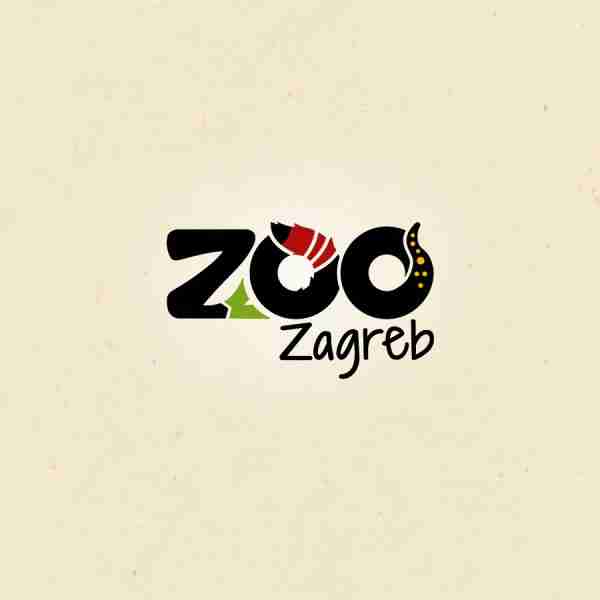
ZOO ZAGREB
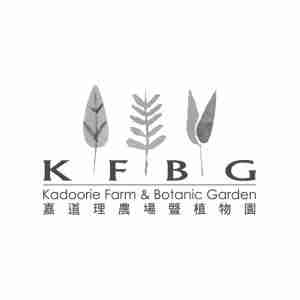
KANDOORIE FARM AND BOTANICAL GARDEN
...corporate sponsorships.
Turtle Island, a 501(c)(3) tax-exempt organization, invites companies to make a meaningful impact through corporate sponsorships. Your organization’s support, whether in the form of monetary donations or goods, can help conserve habitats, preserve biodiversity, and showcase a strong commitment to environmental responsibility. These companies partner with Turtle Island to leave a lasting legacy of corporate leadership in environmental conservation.
DONATE WITH CONFIDENCE
Turtle Island Financials
Turtle Island is a 501(c)(3) tax-exempt organisation and your donation is tax-deductible, governed by U.S. tax laws (Tax ID number: 83-1706767).
In Austria, donations to Turtle Island from companies (§ 4a para. 2 no. 3 EstG, NT3539) and private individuals are tax-deductible as business expenses or as part of the employee tax assessment.
We are proud to be transparent with you.
SEE WHY YOUR DONATION IS TAX DEDUCTIBLE.
Beneficiary notice for donations AUSTRIA
MAKE A DIFFERENCE WITH US
100% OF EVERY DONATION GOES TO SAVING TURTLES AND TORTOISES FROM EXTINCTION.
